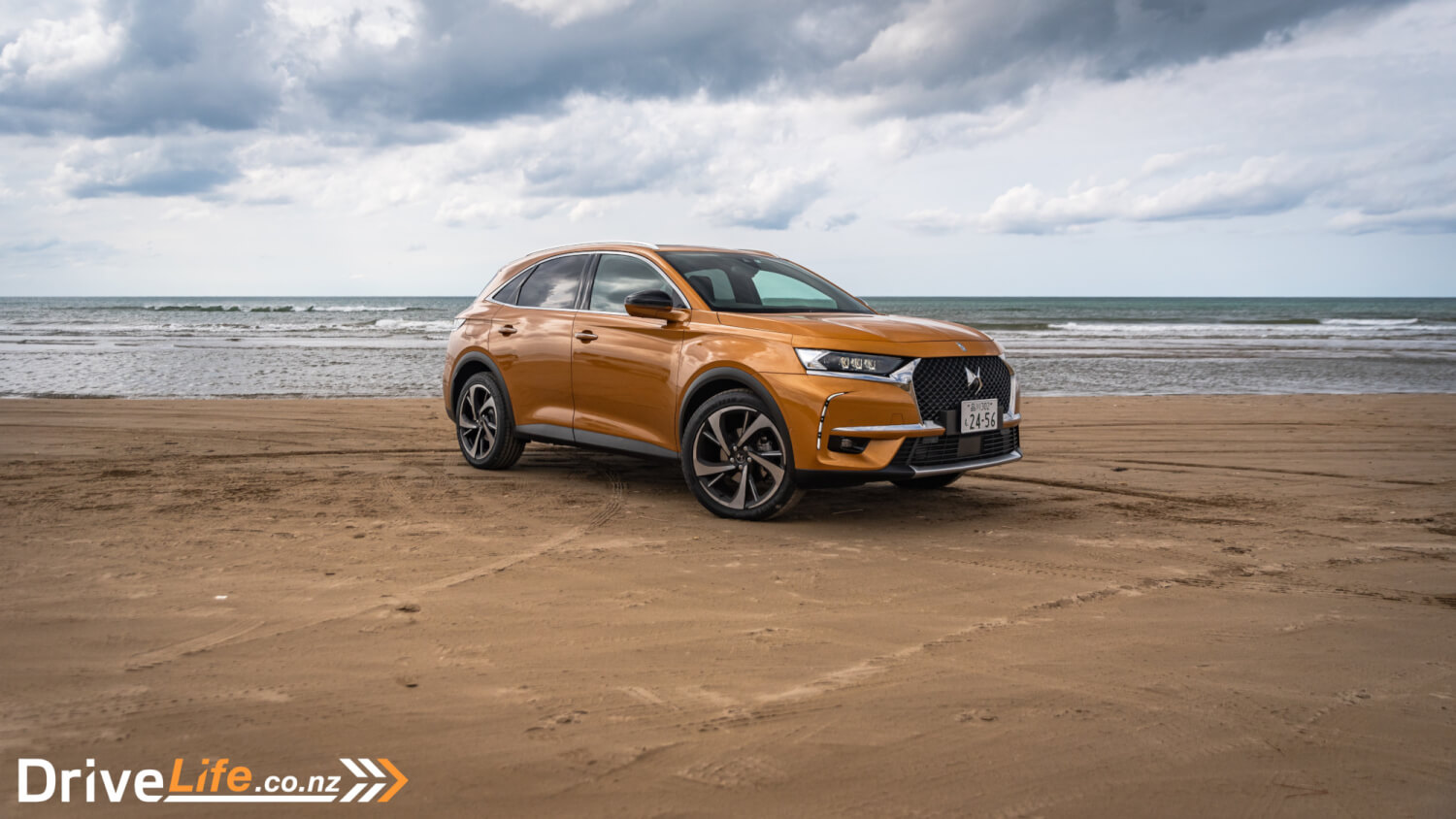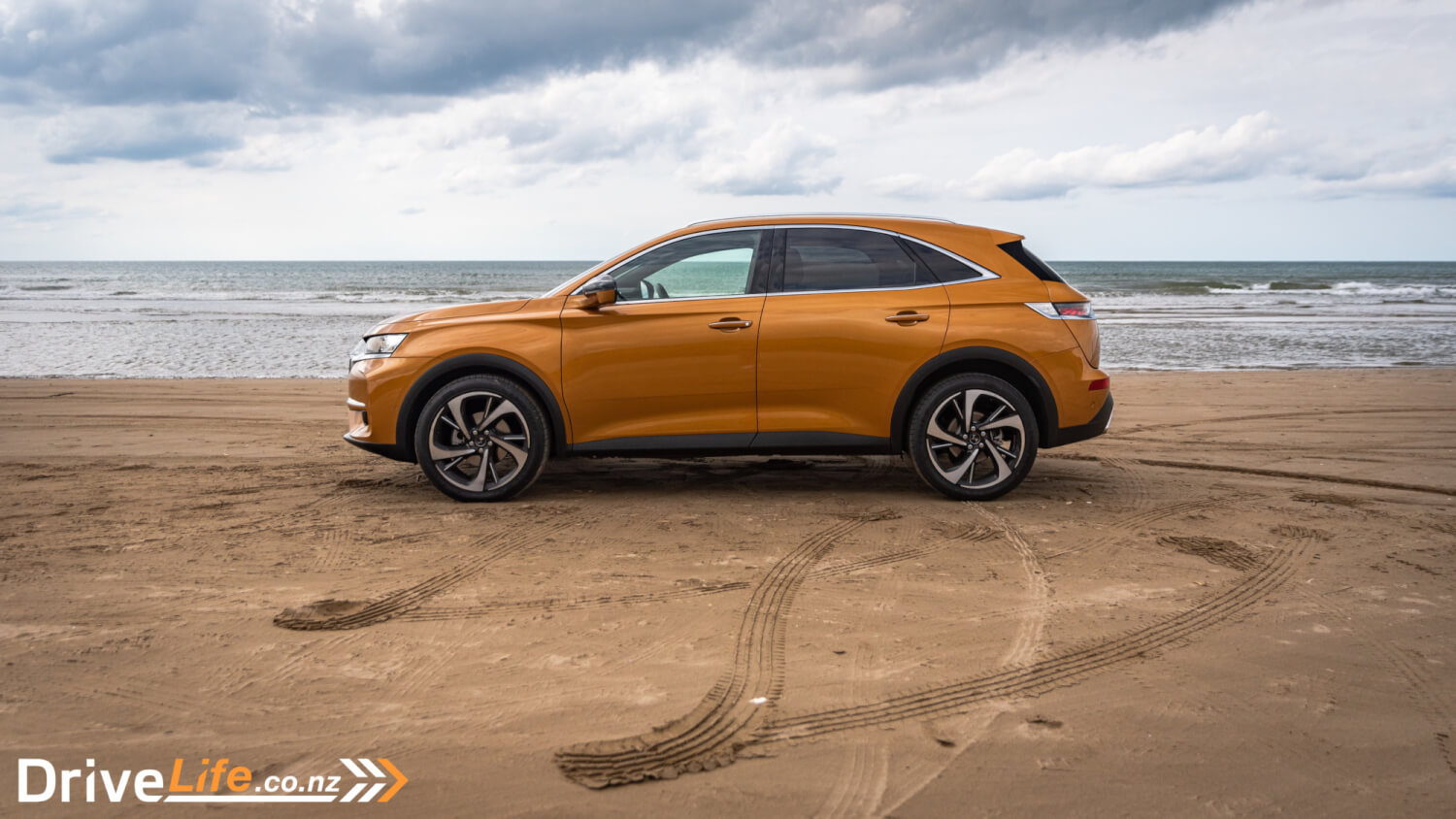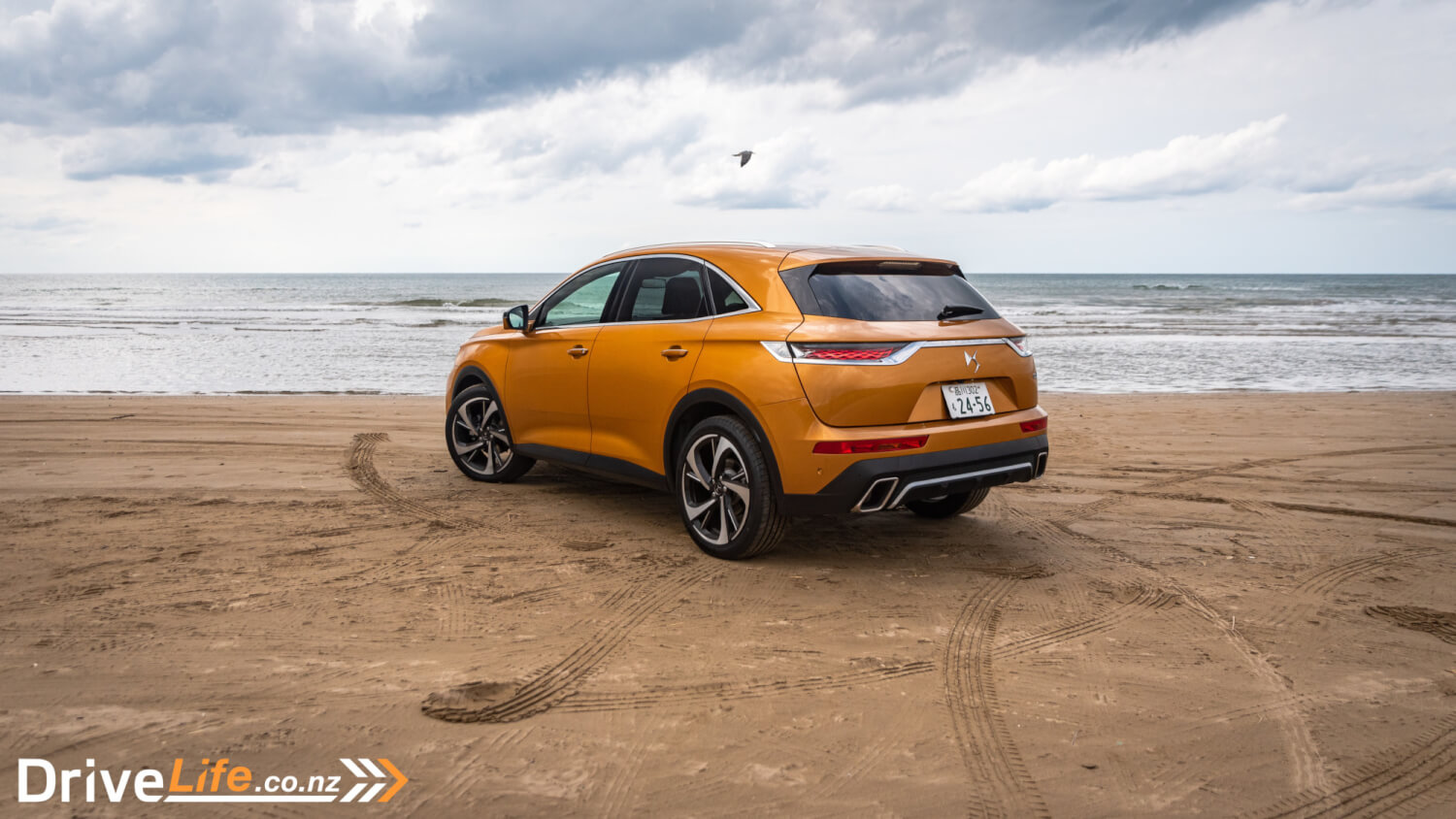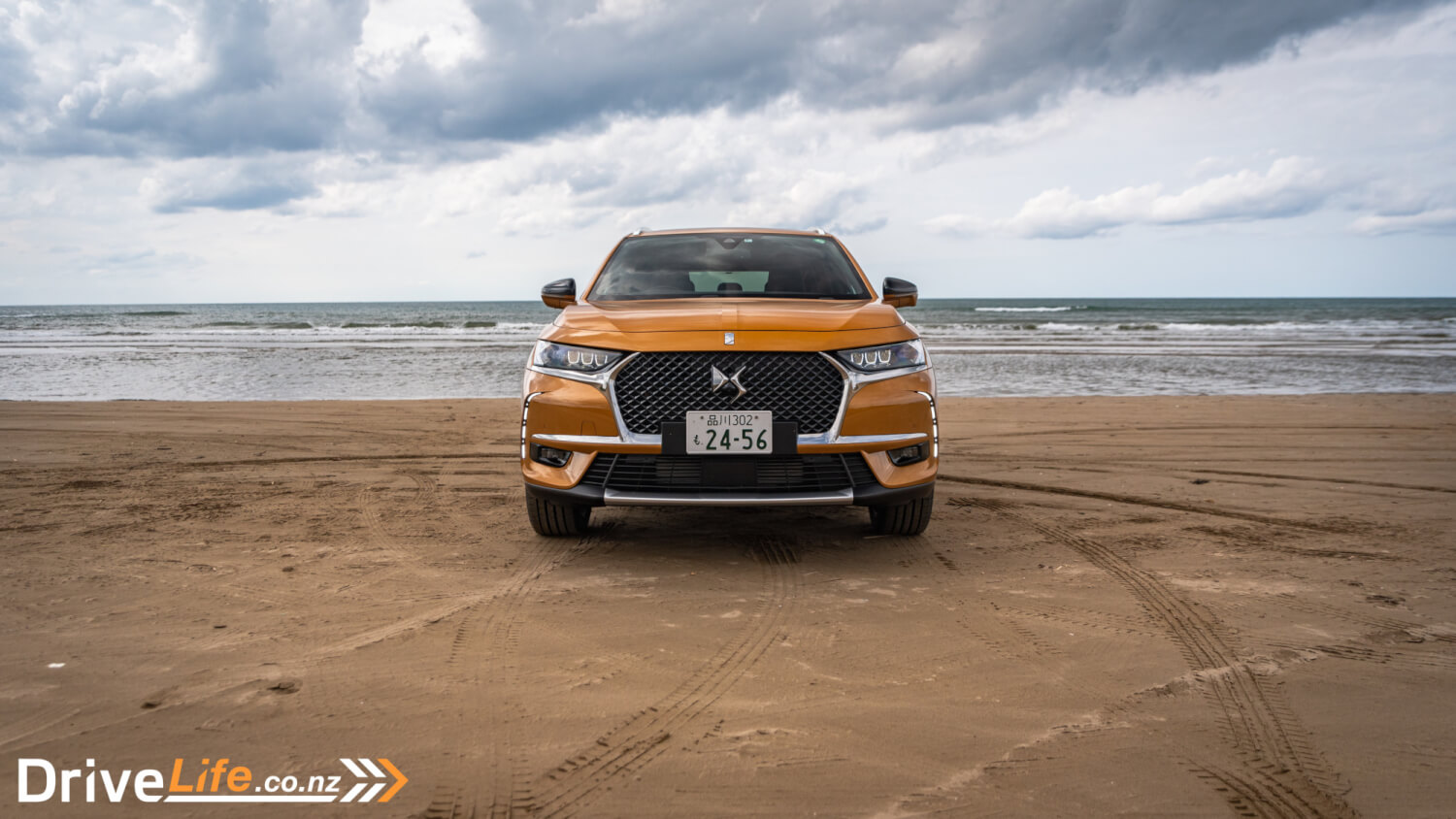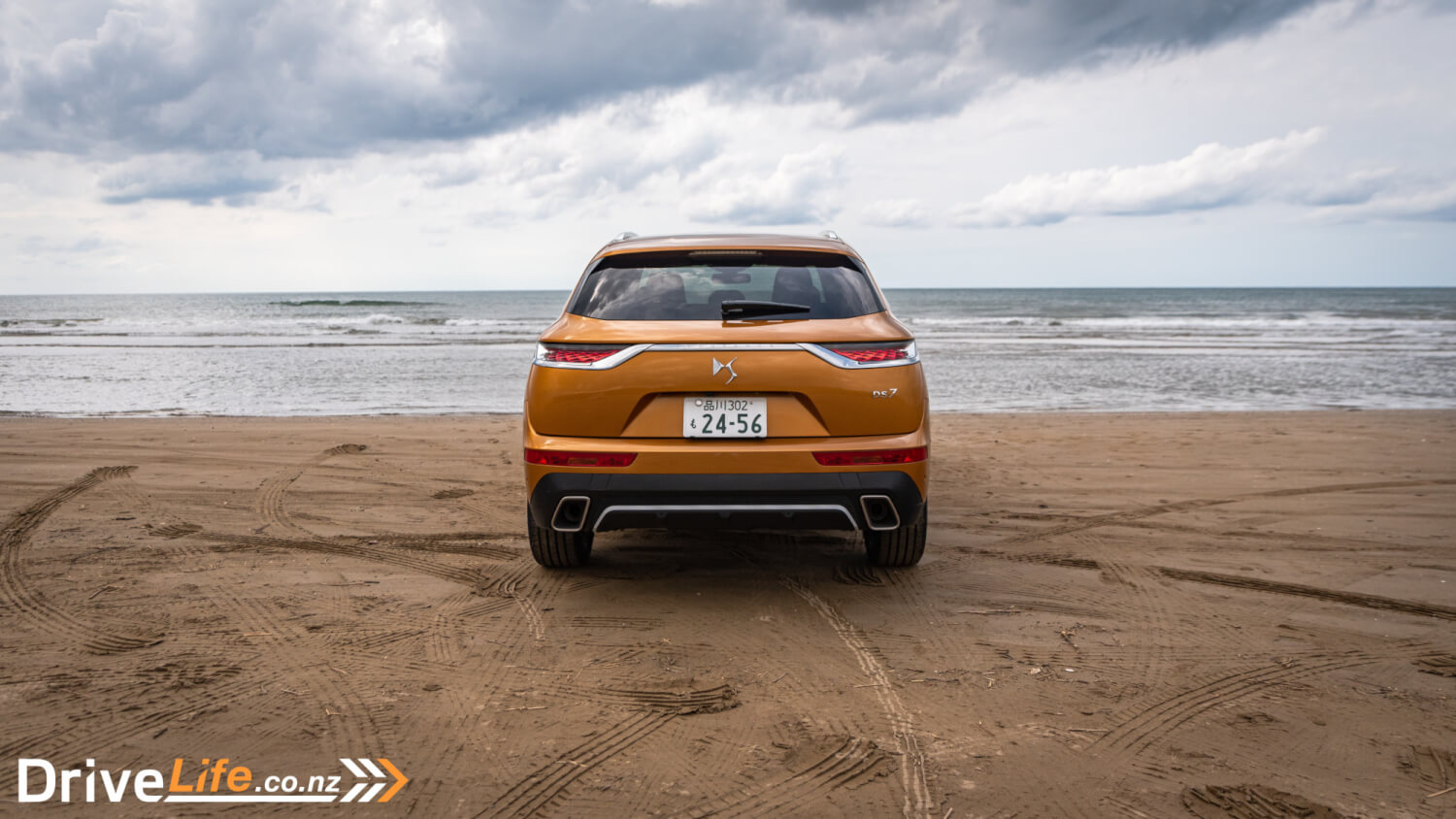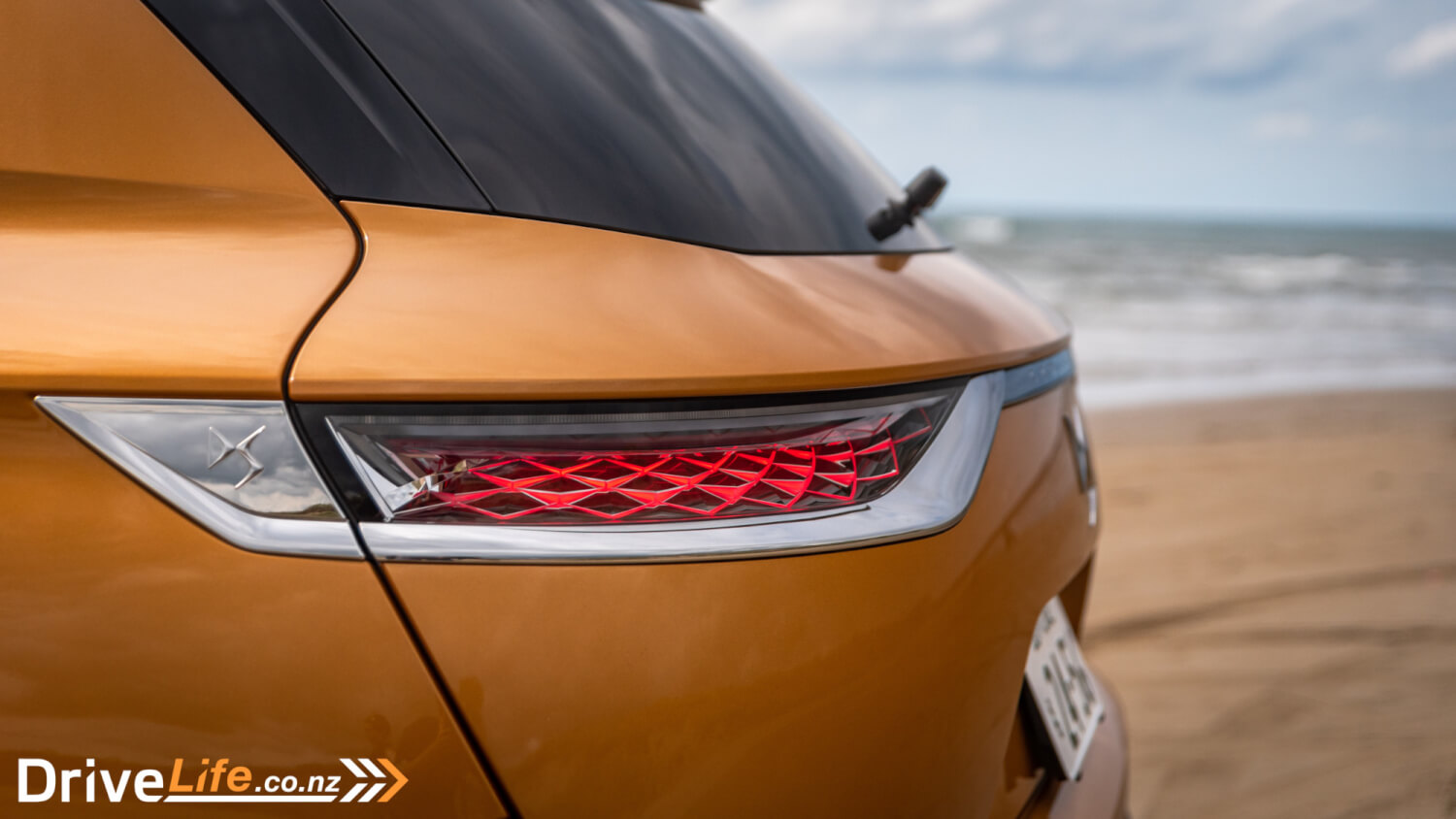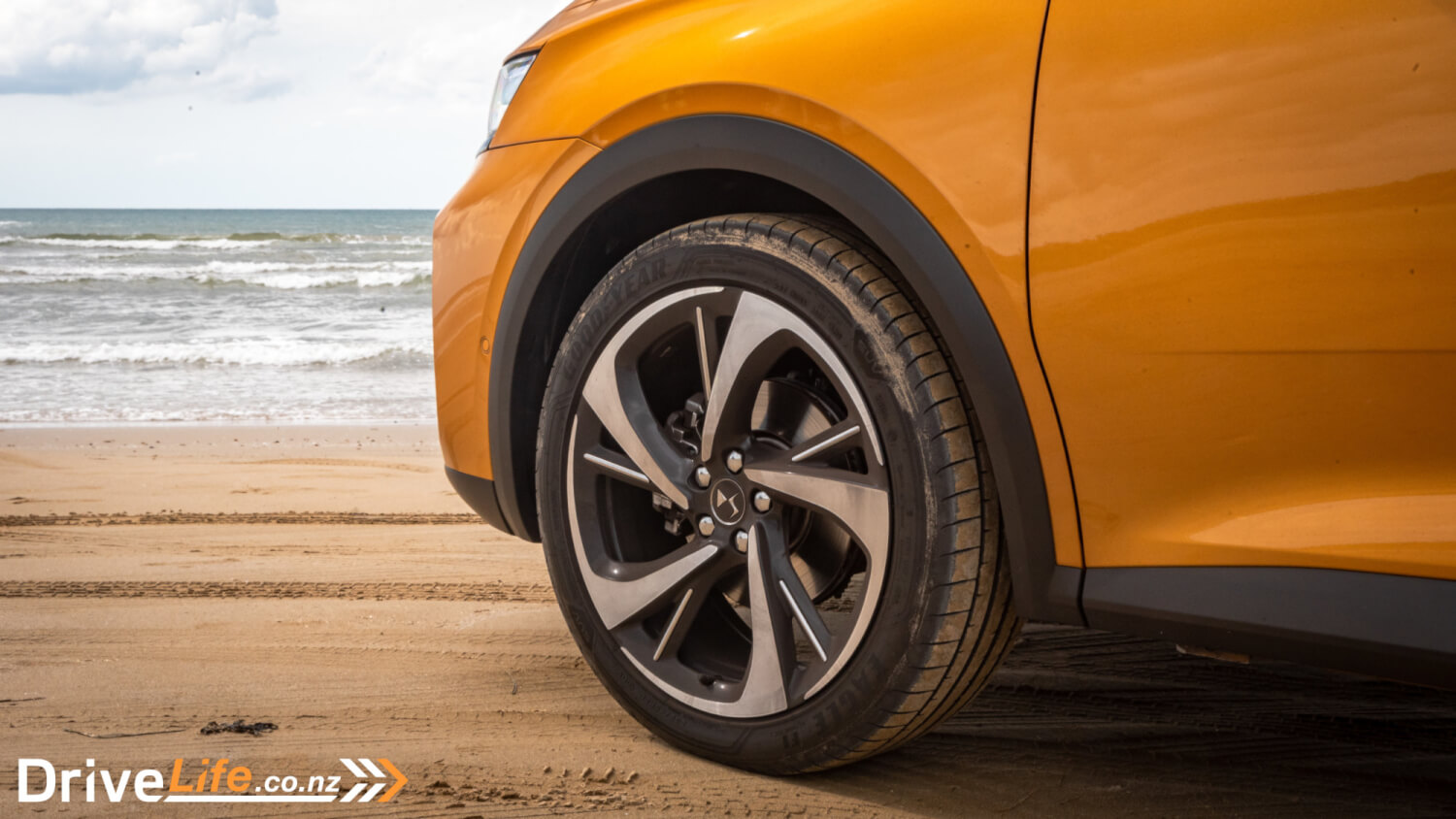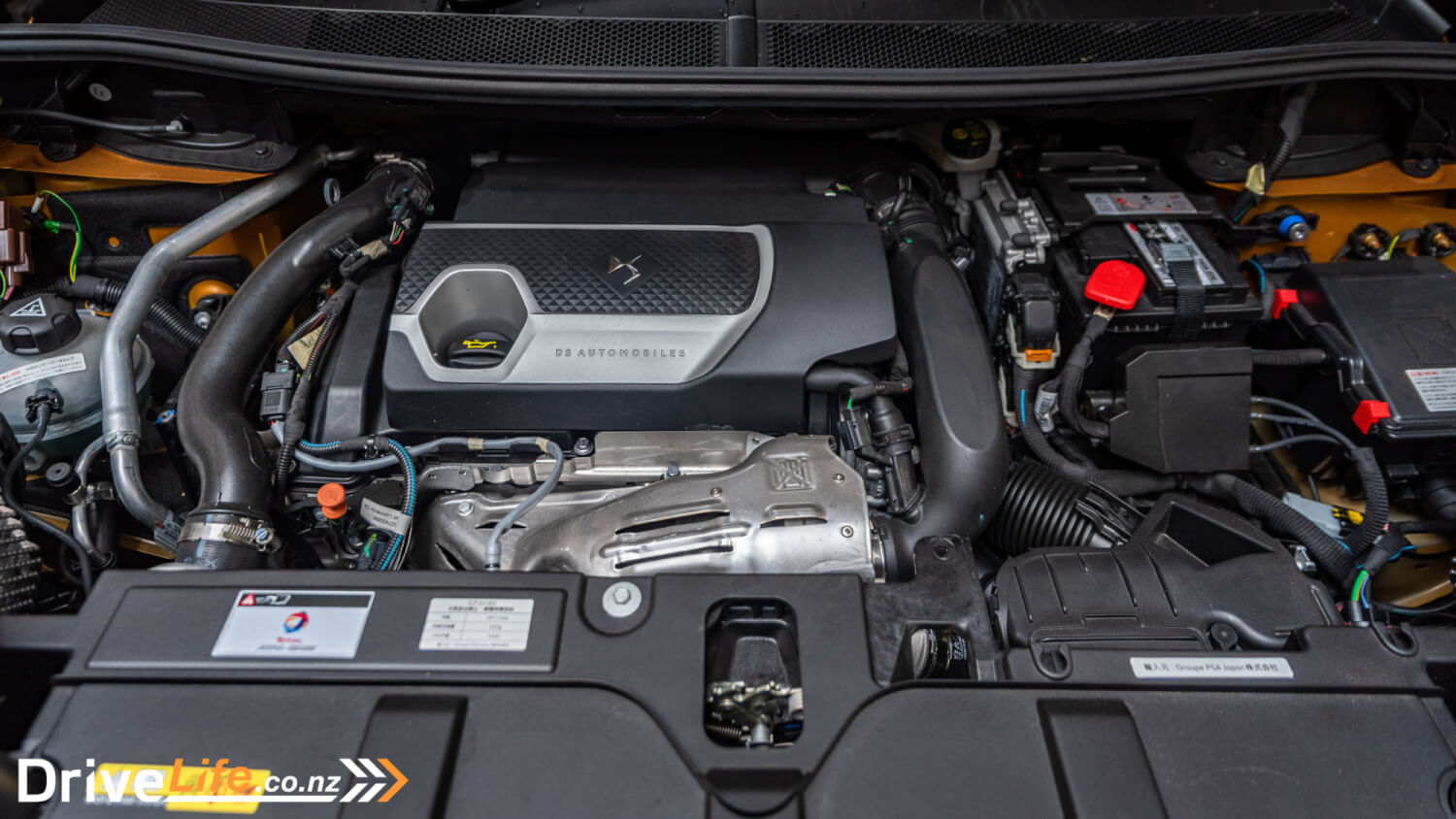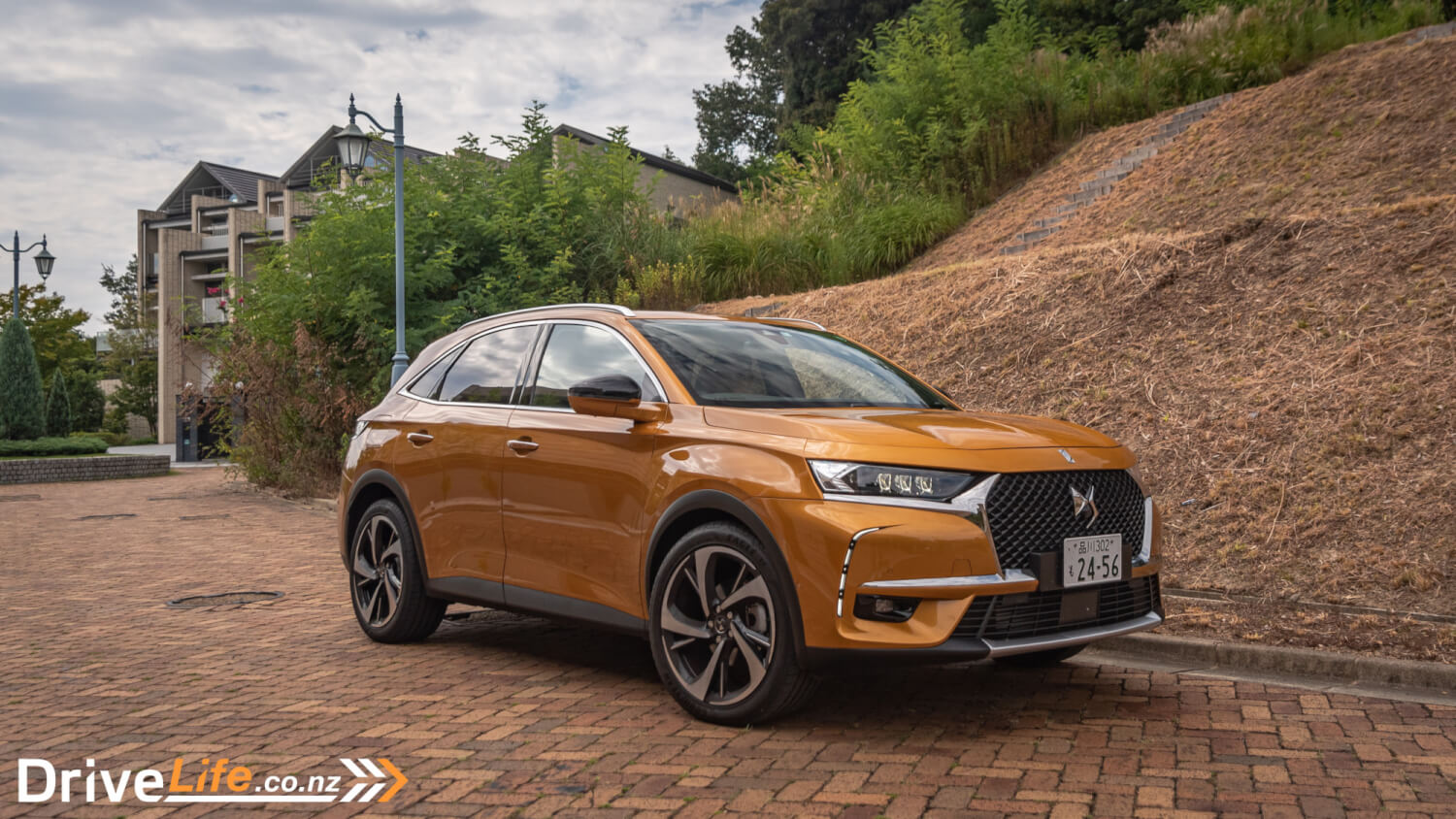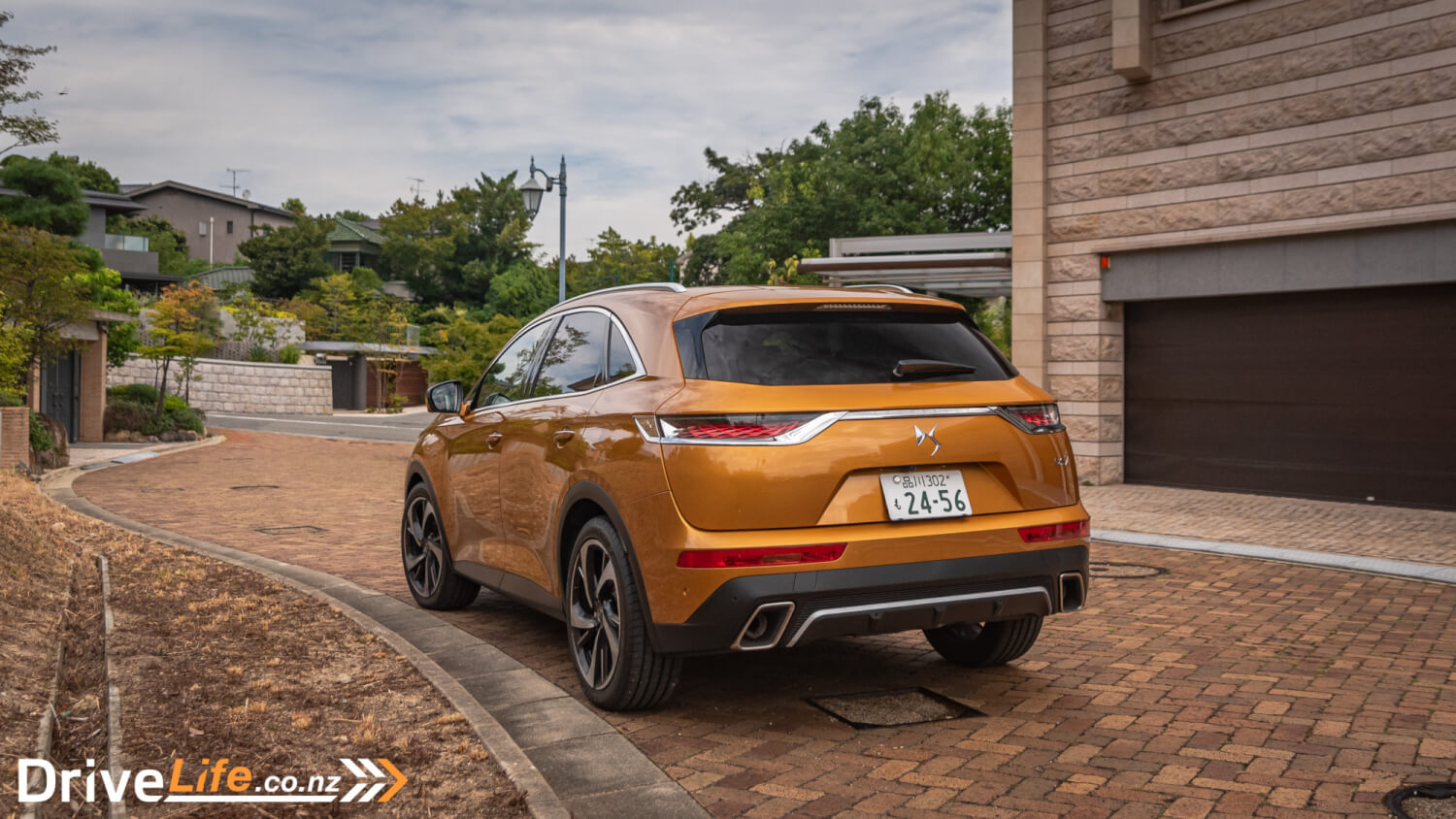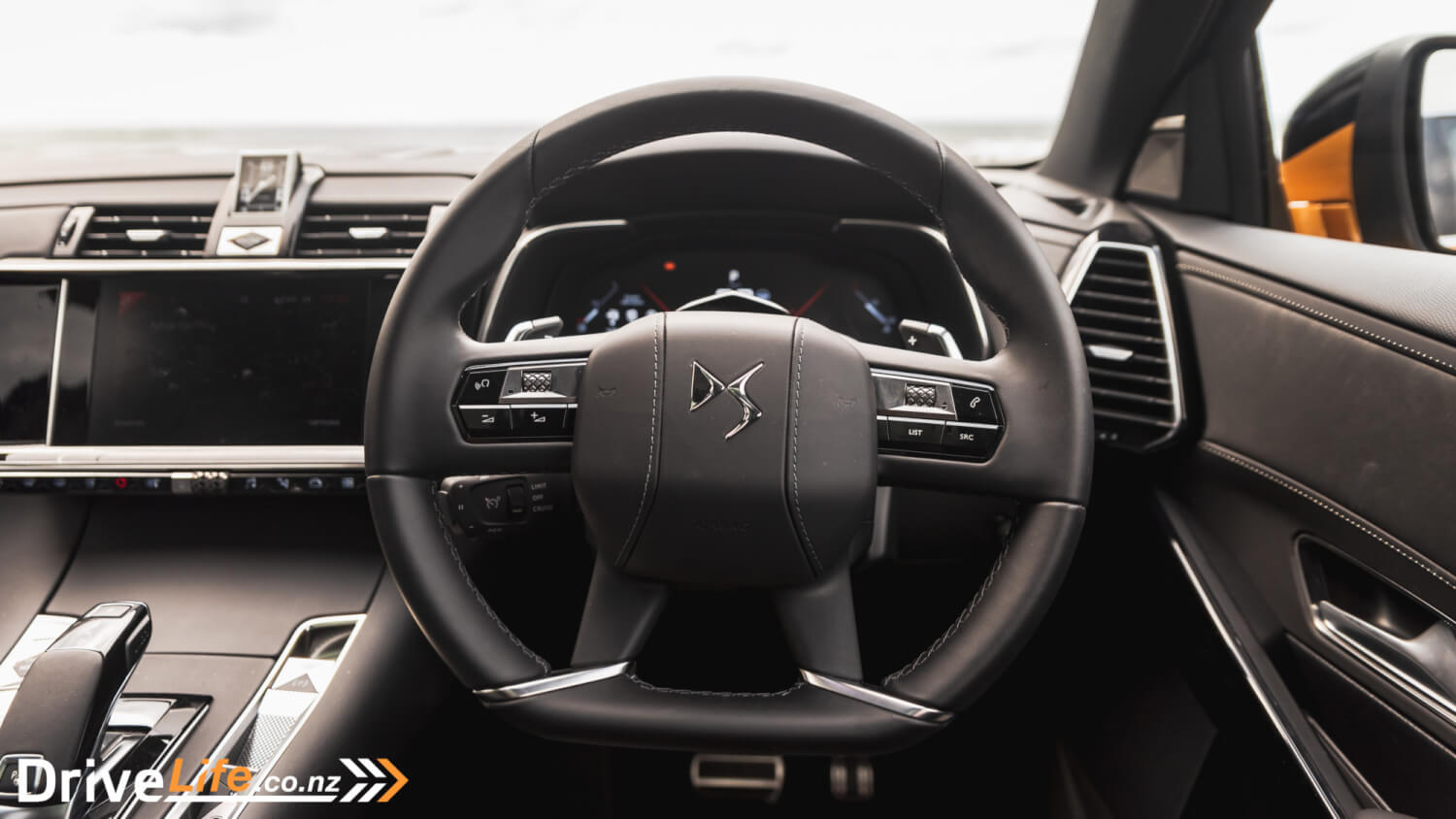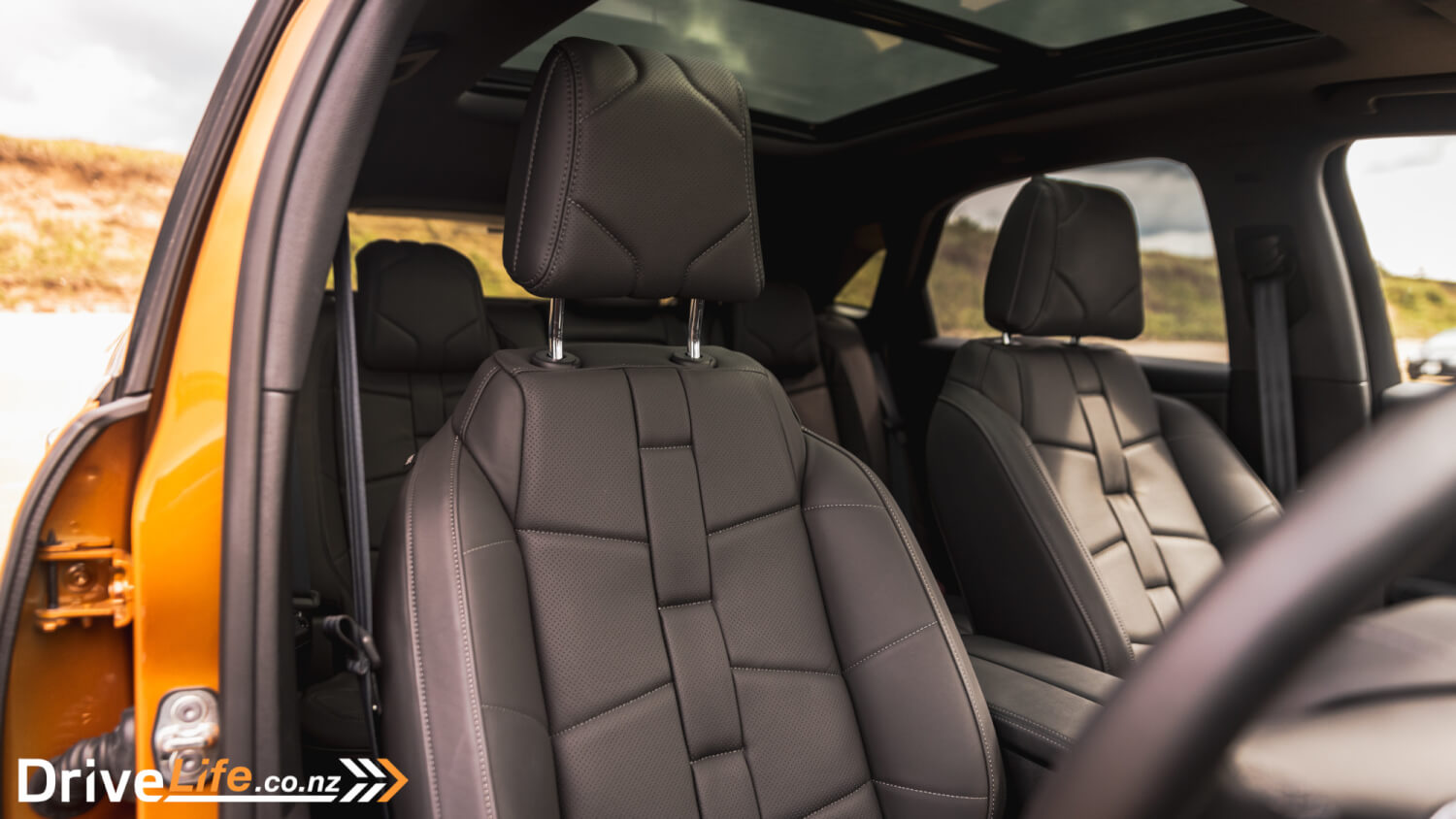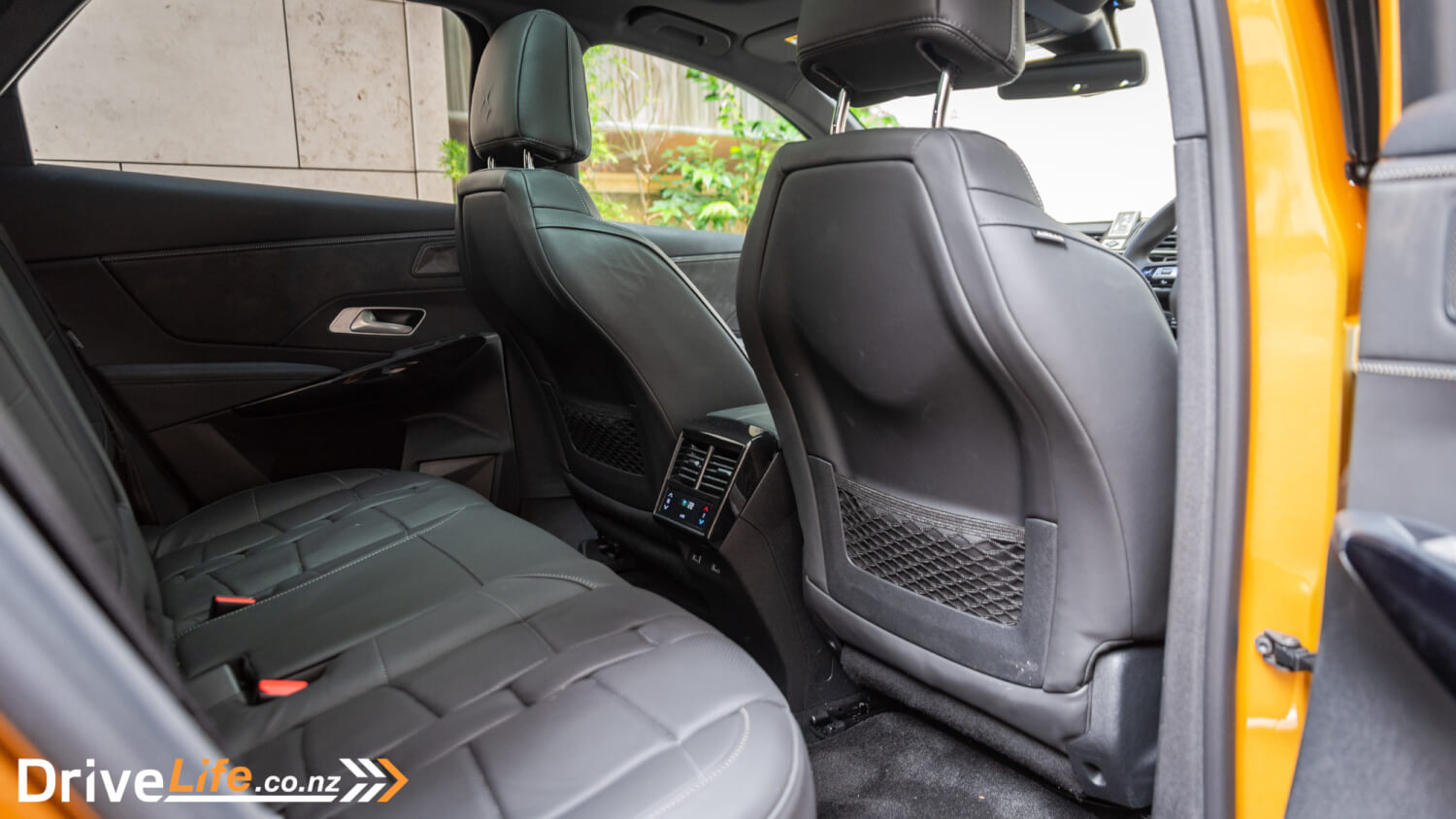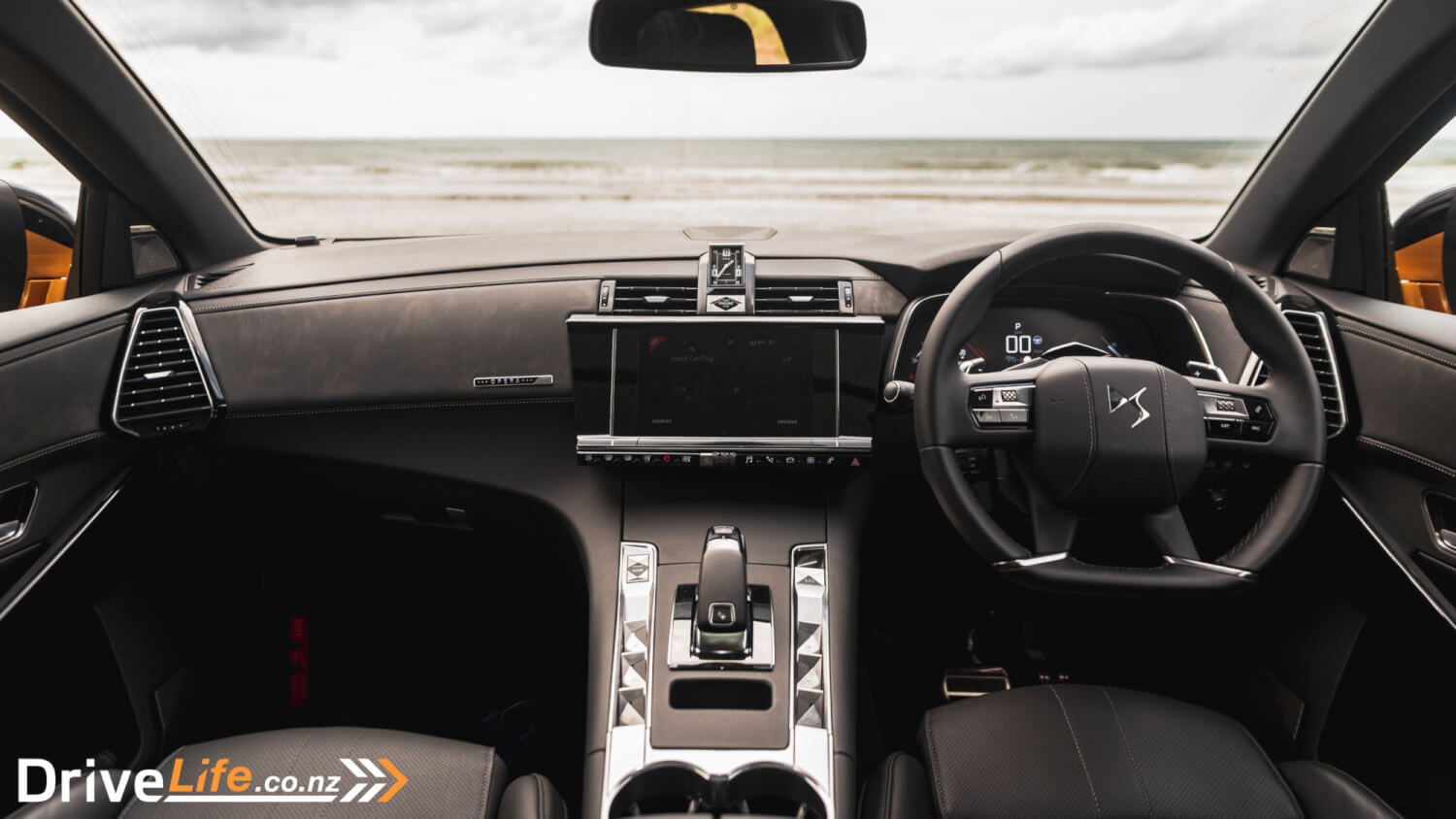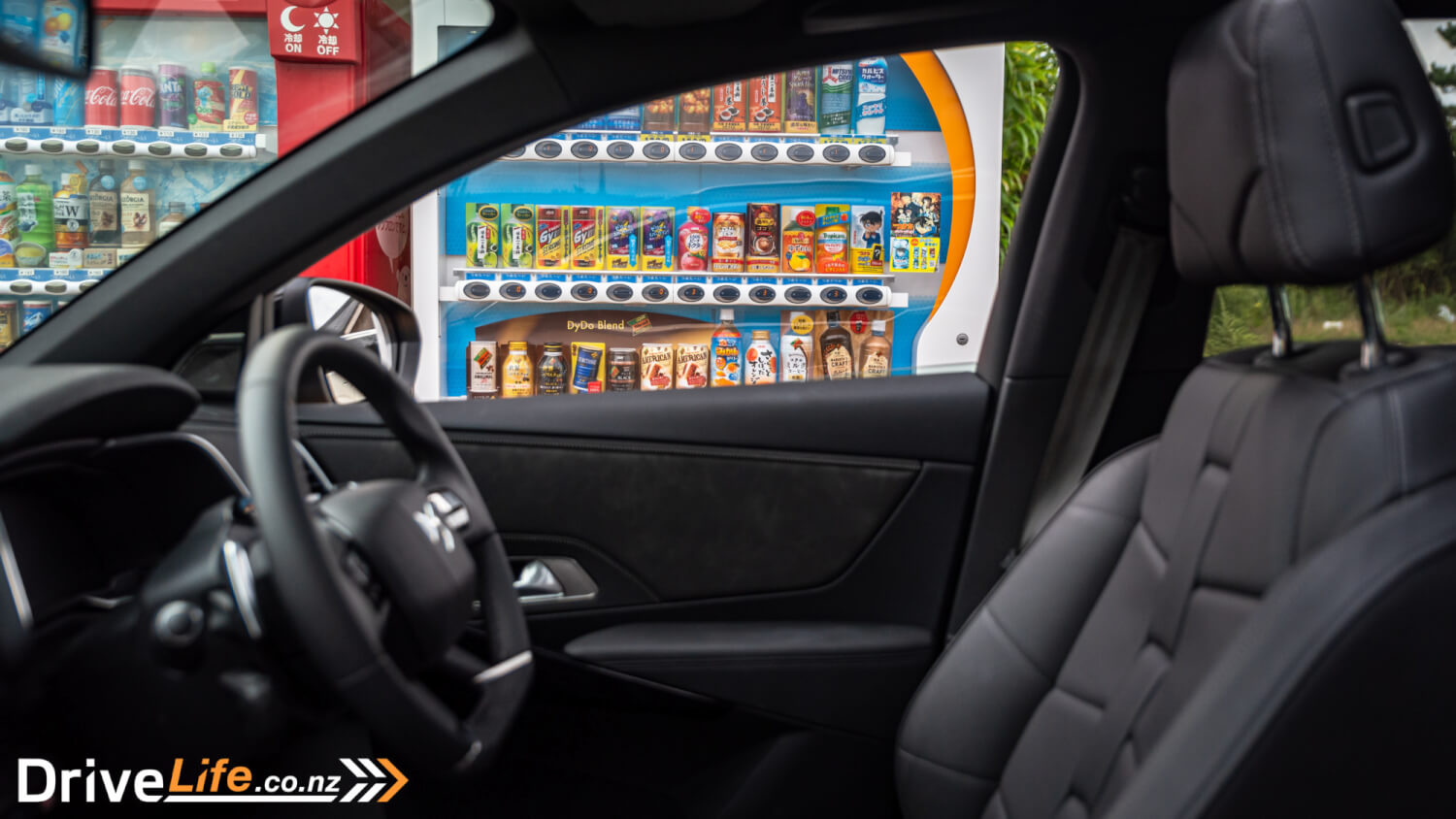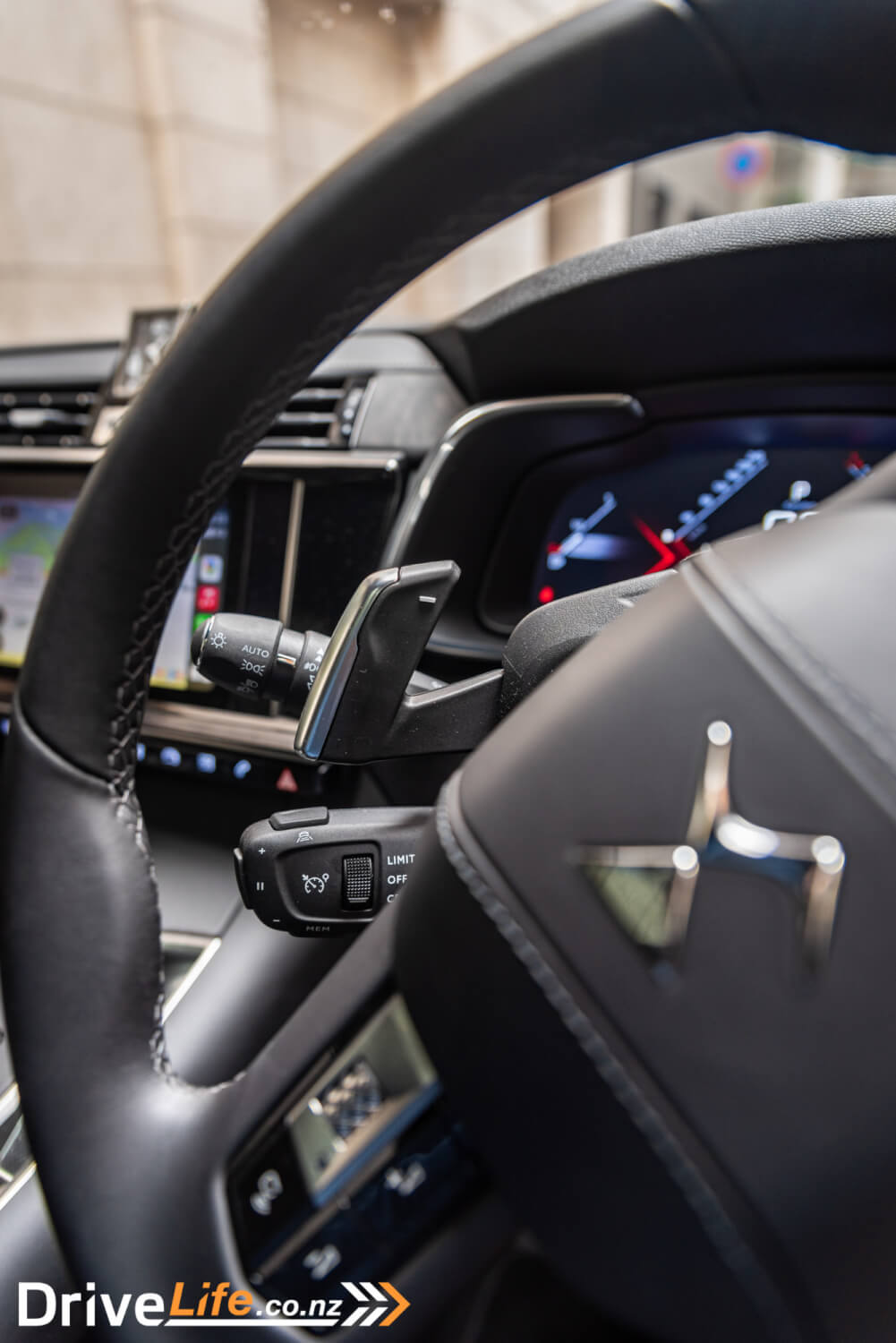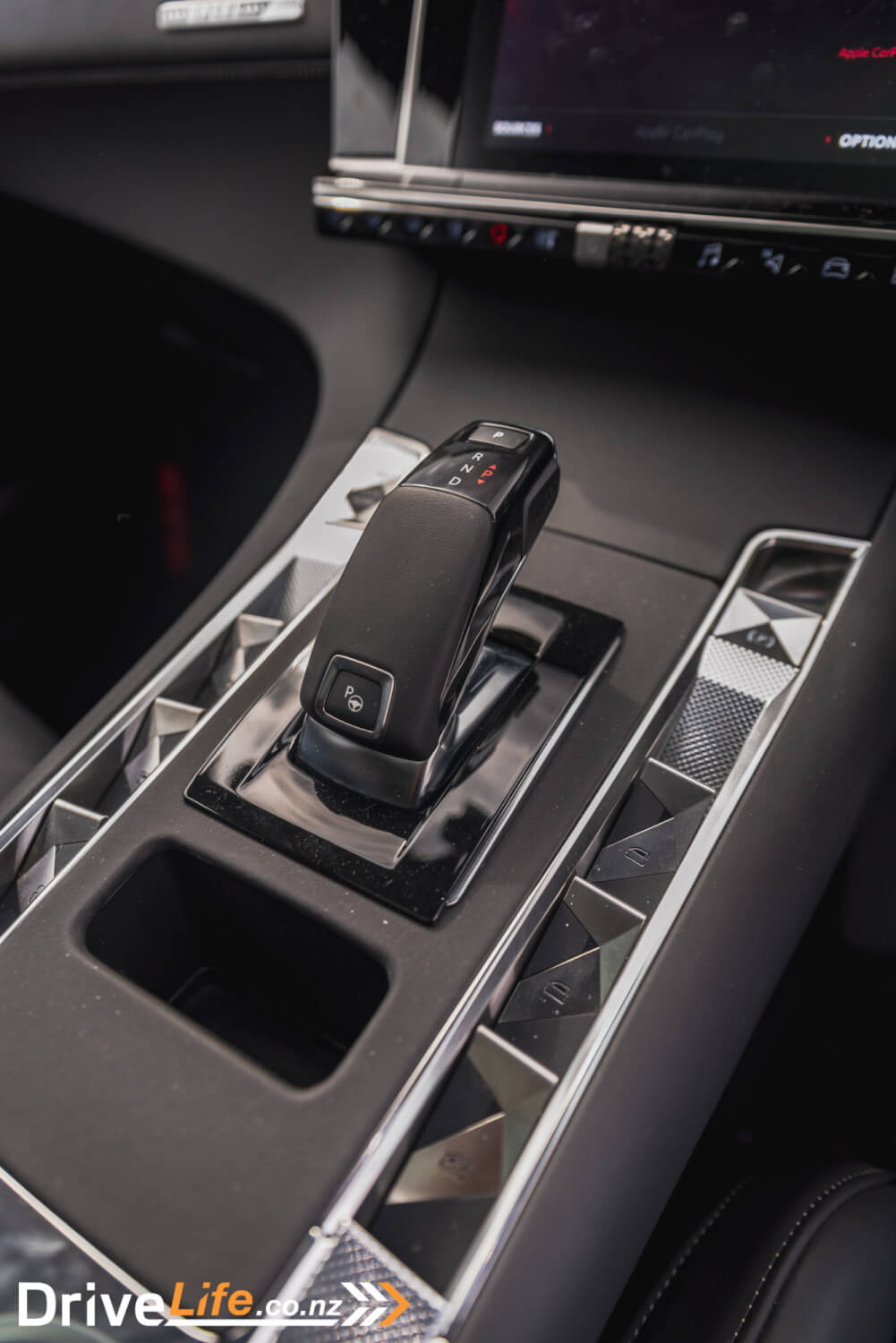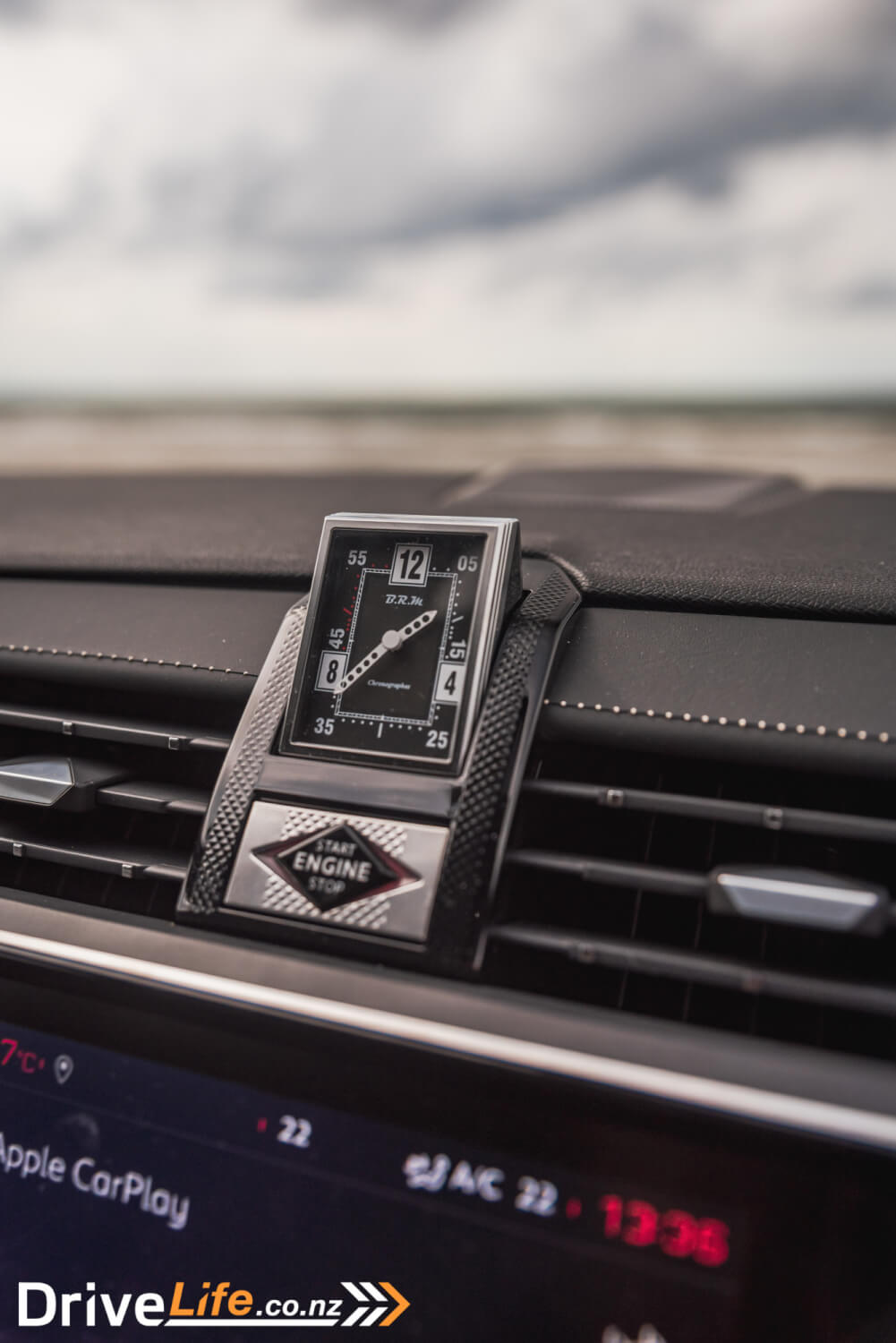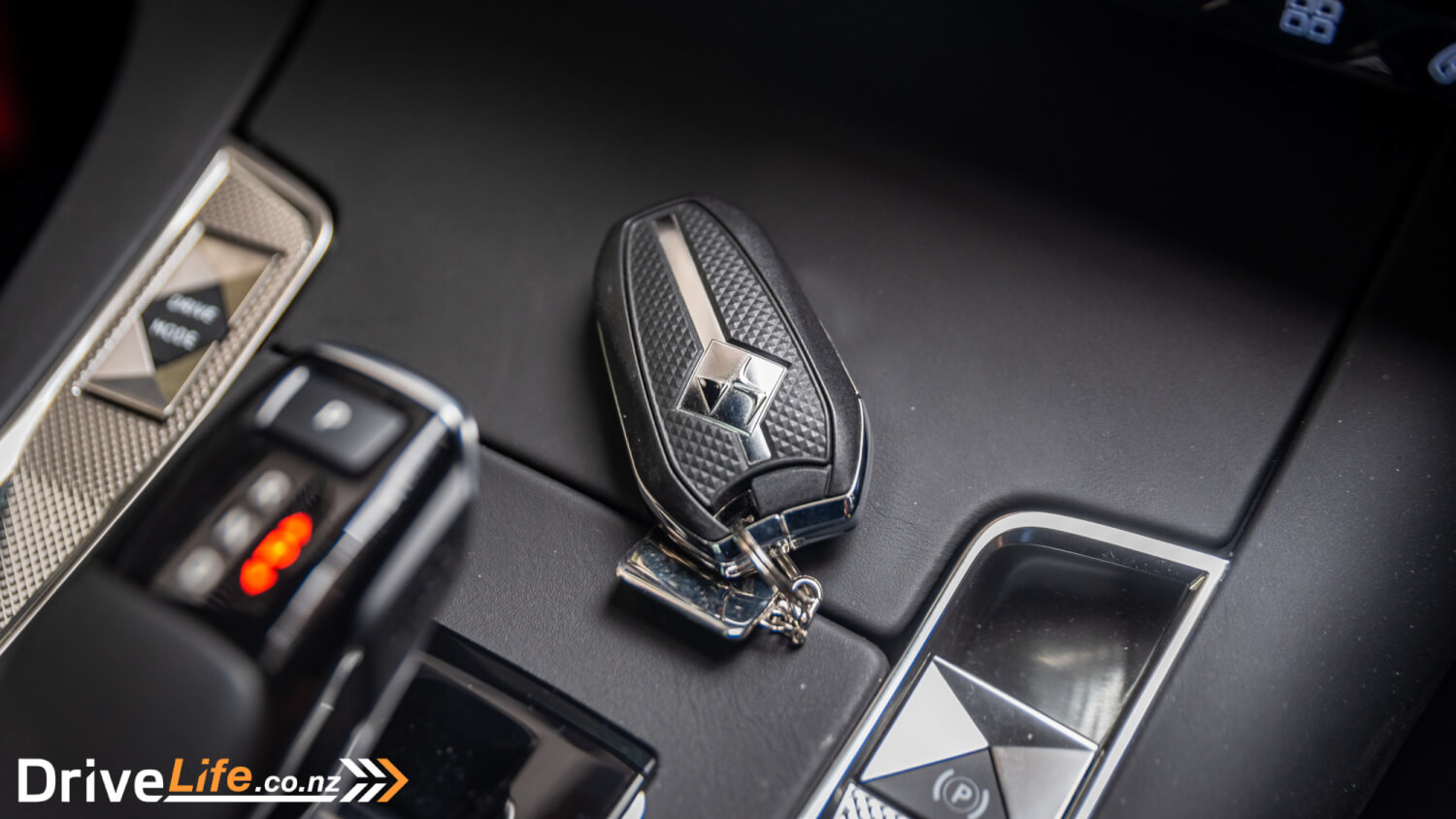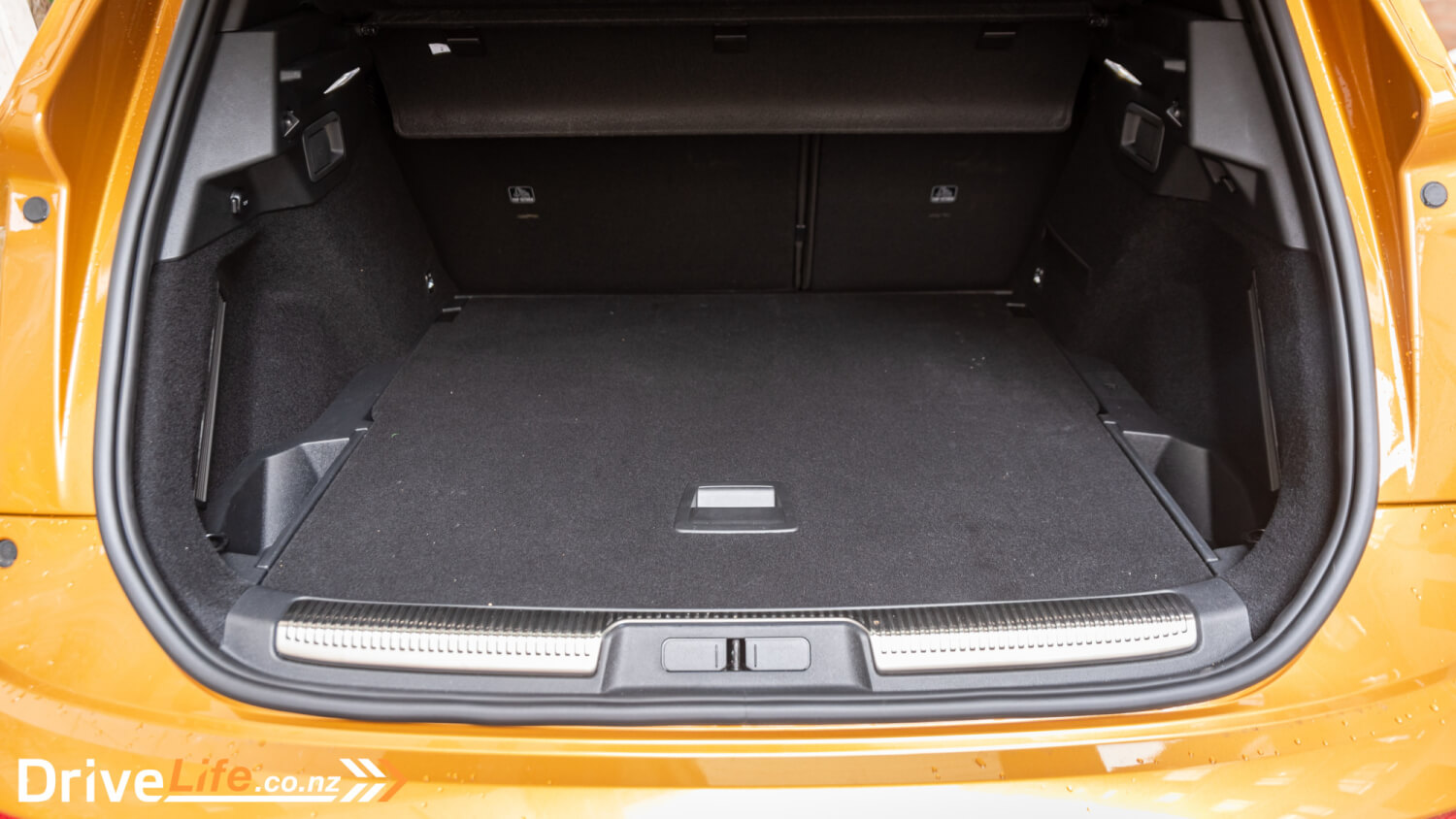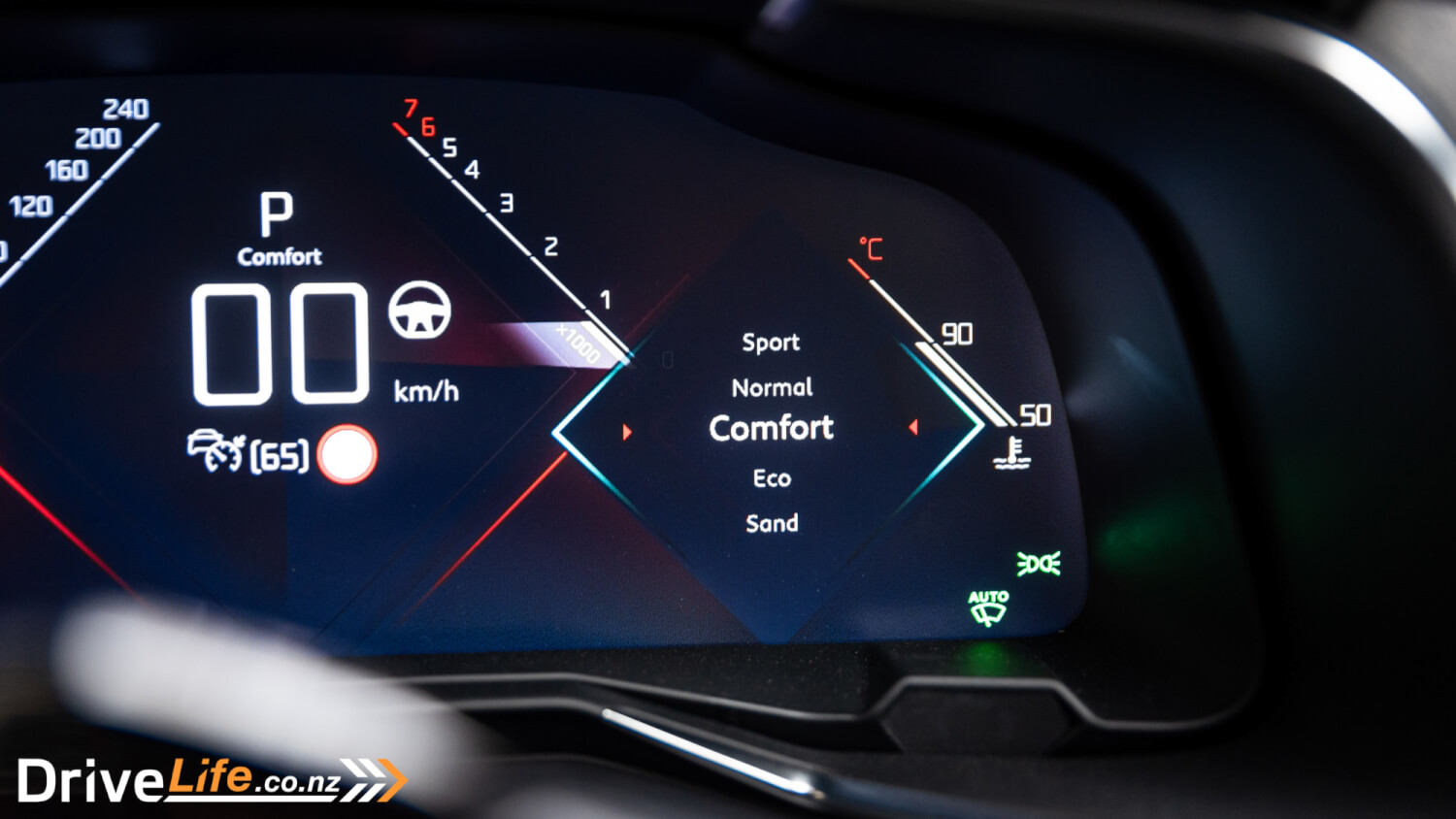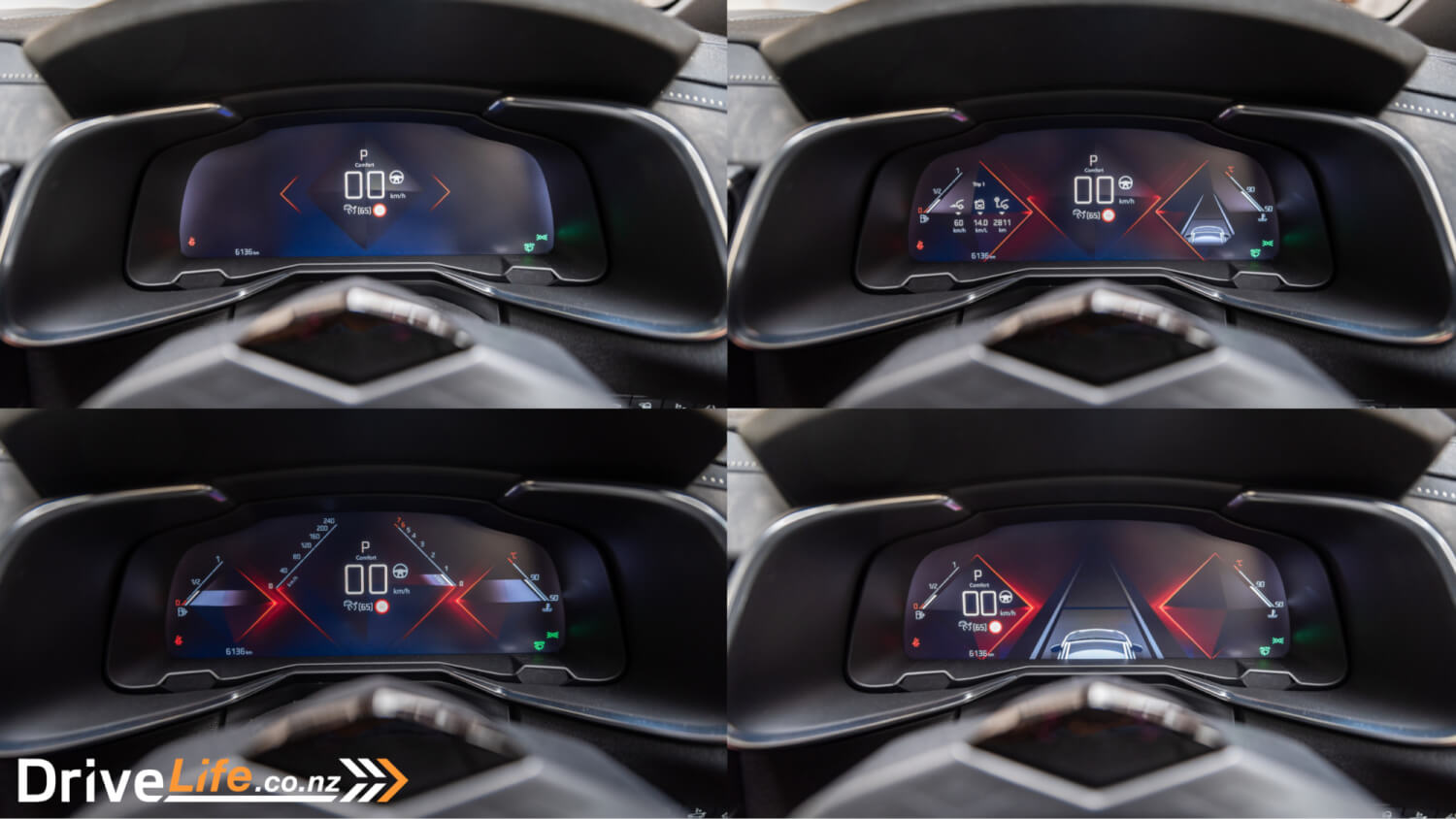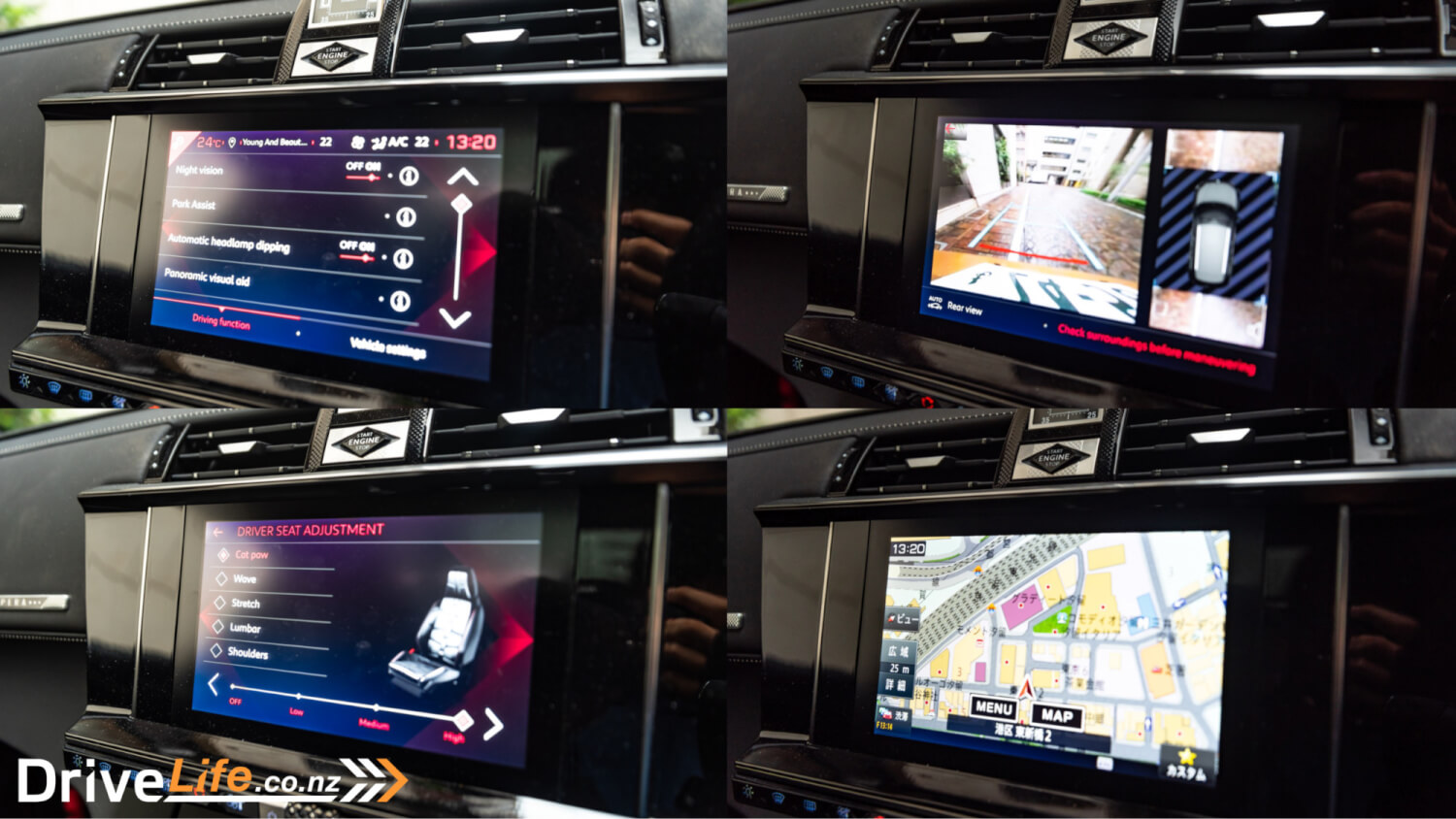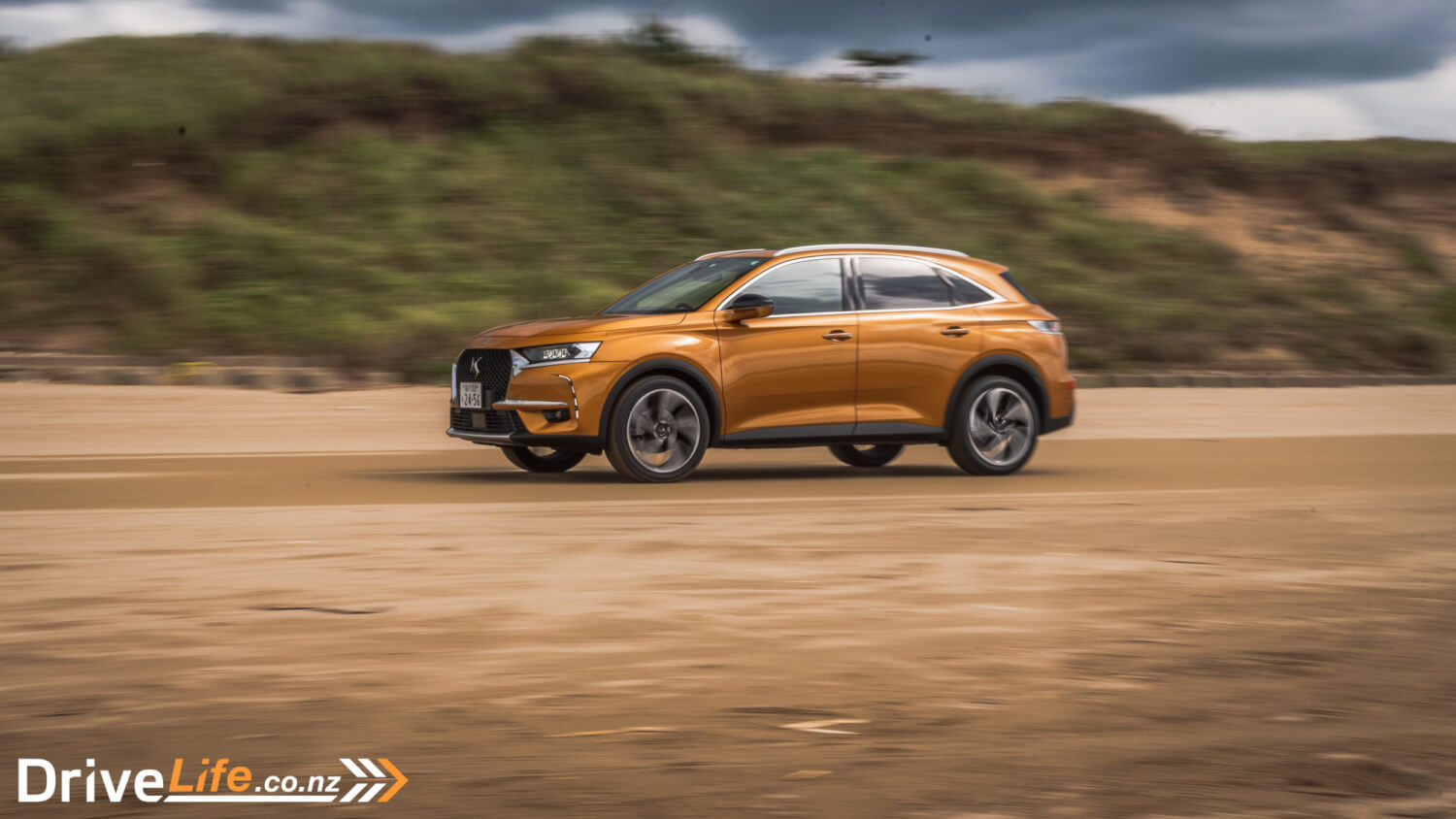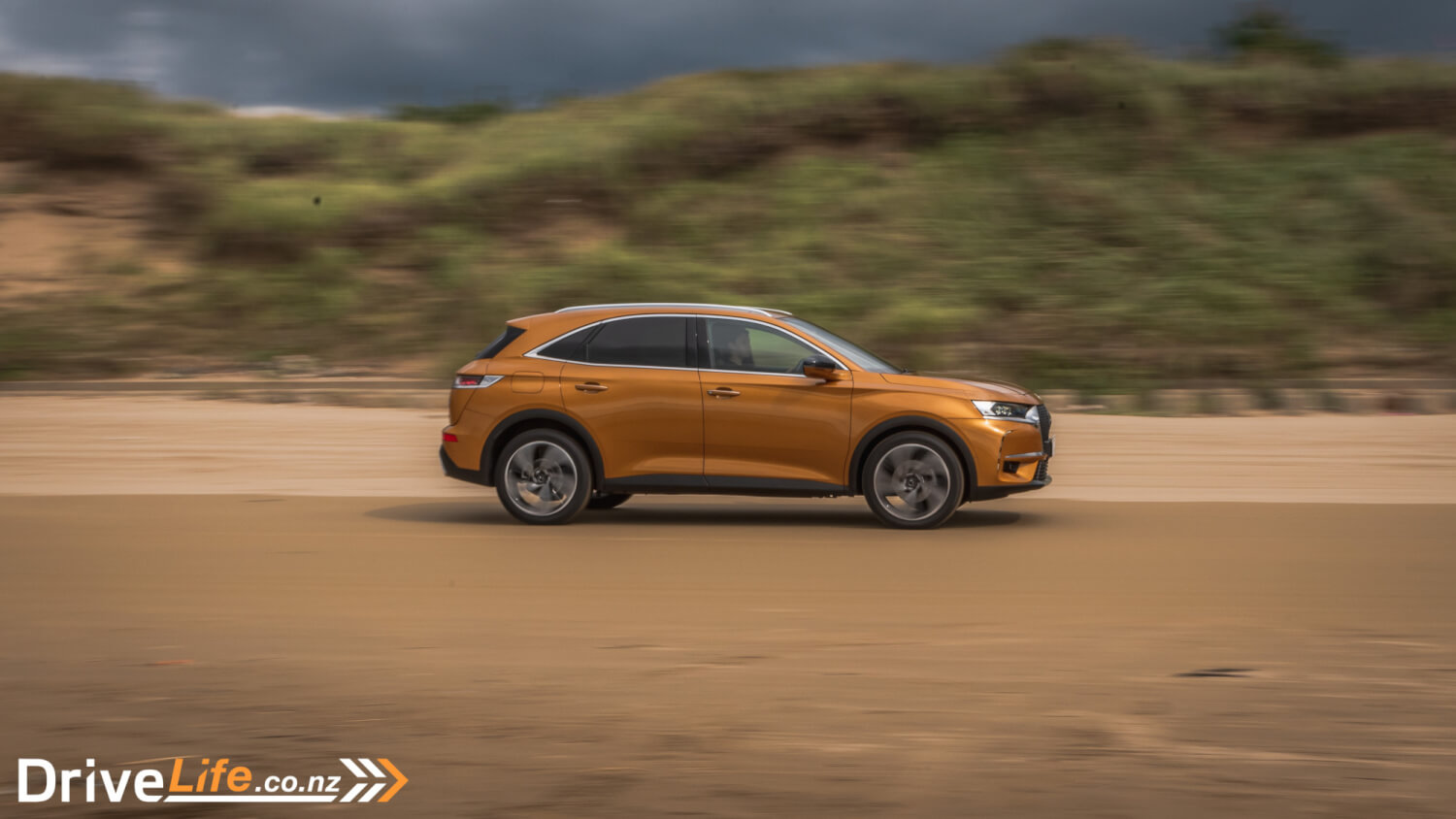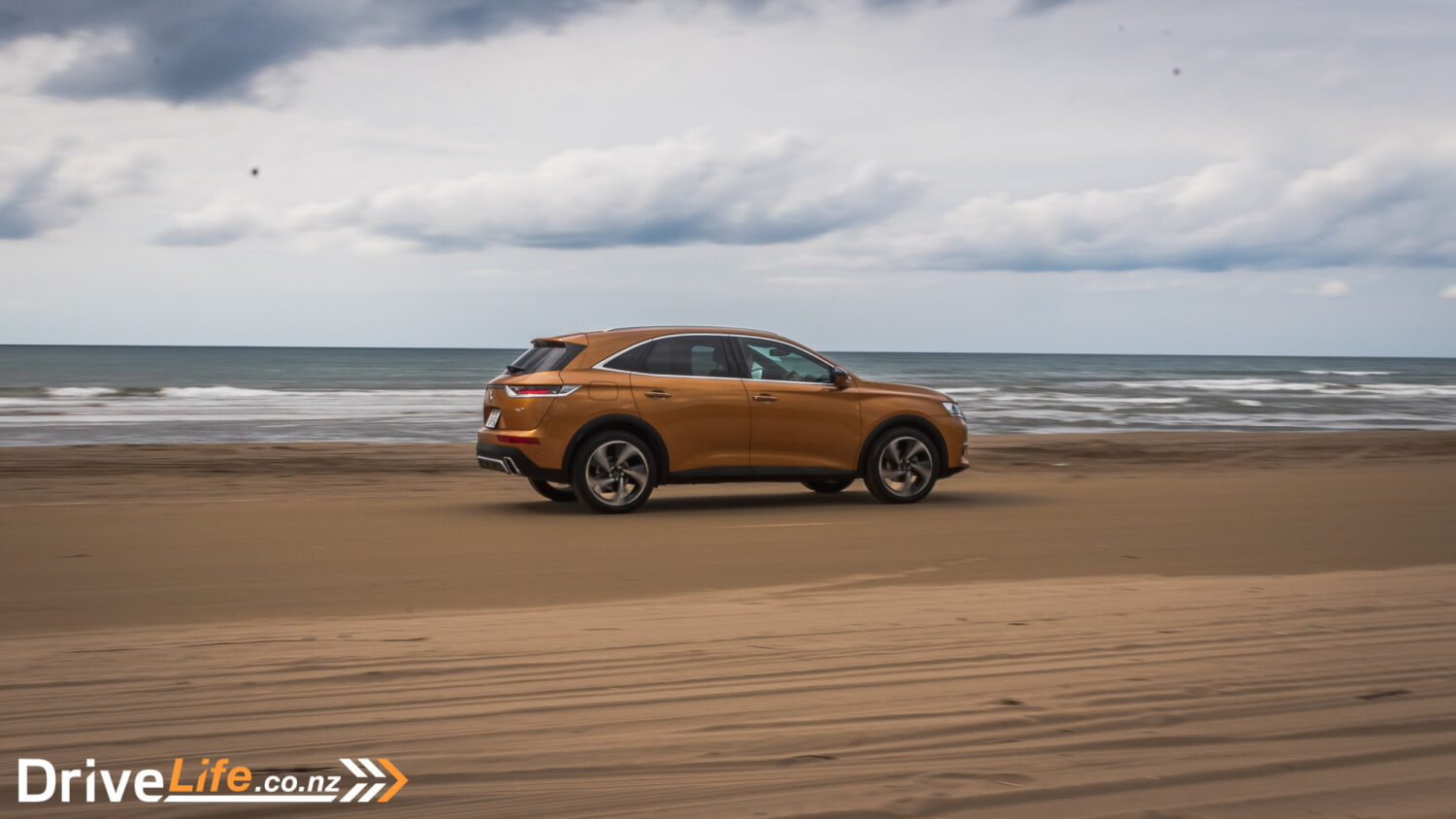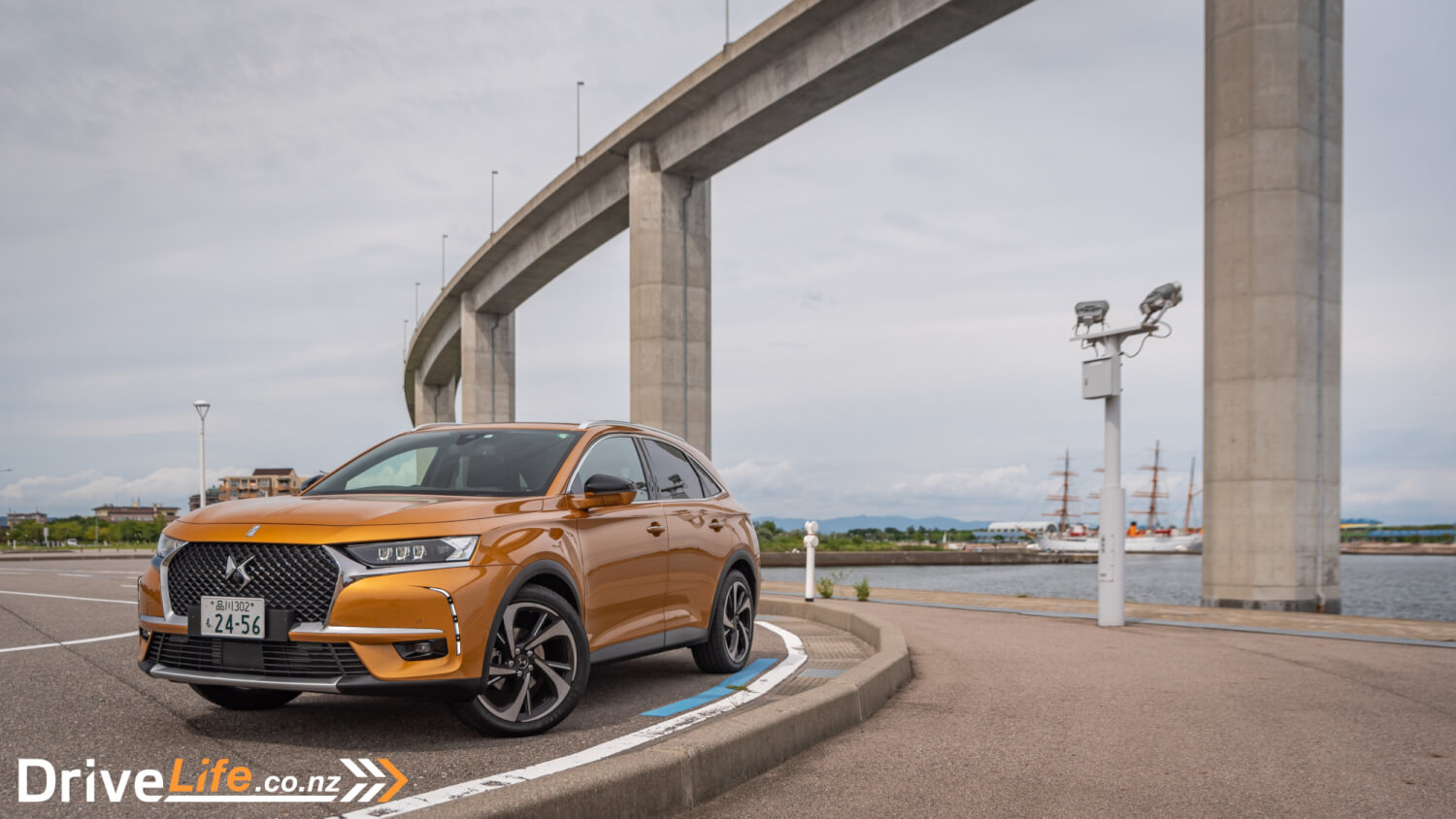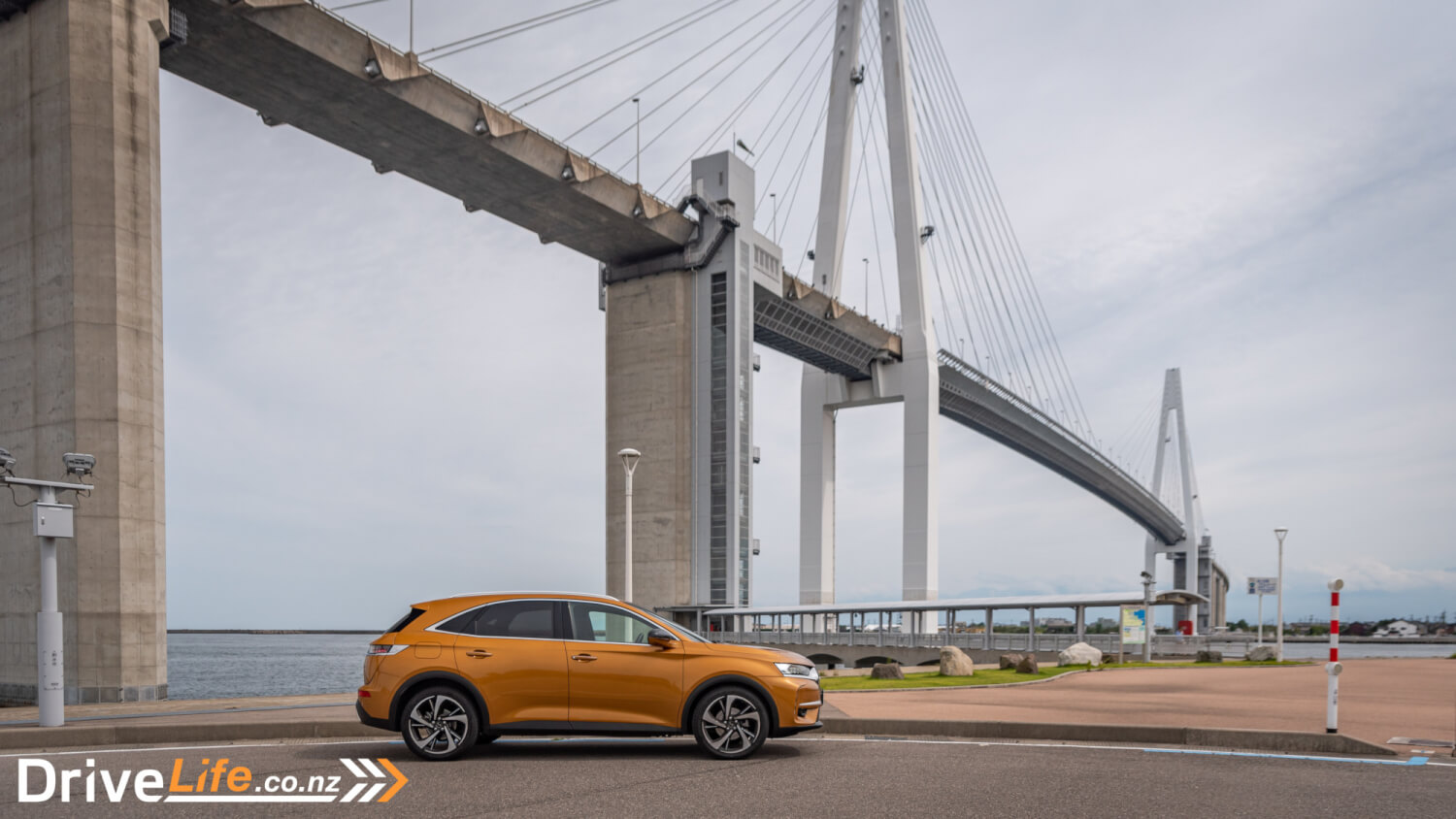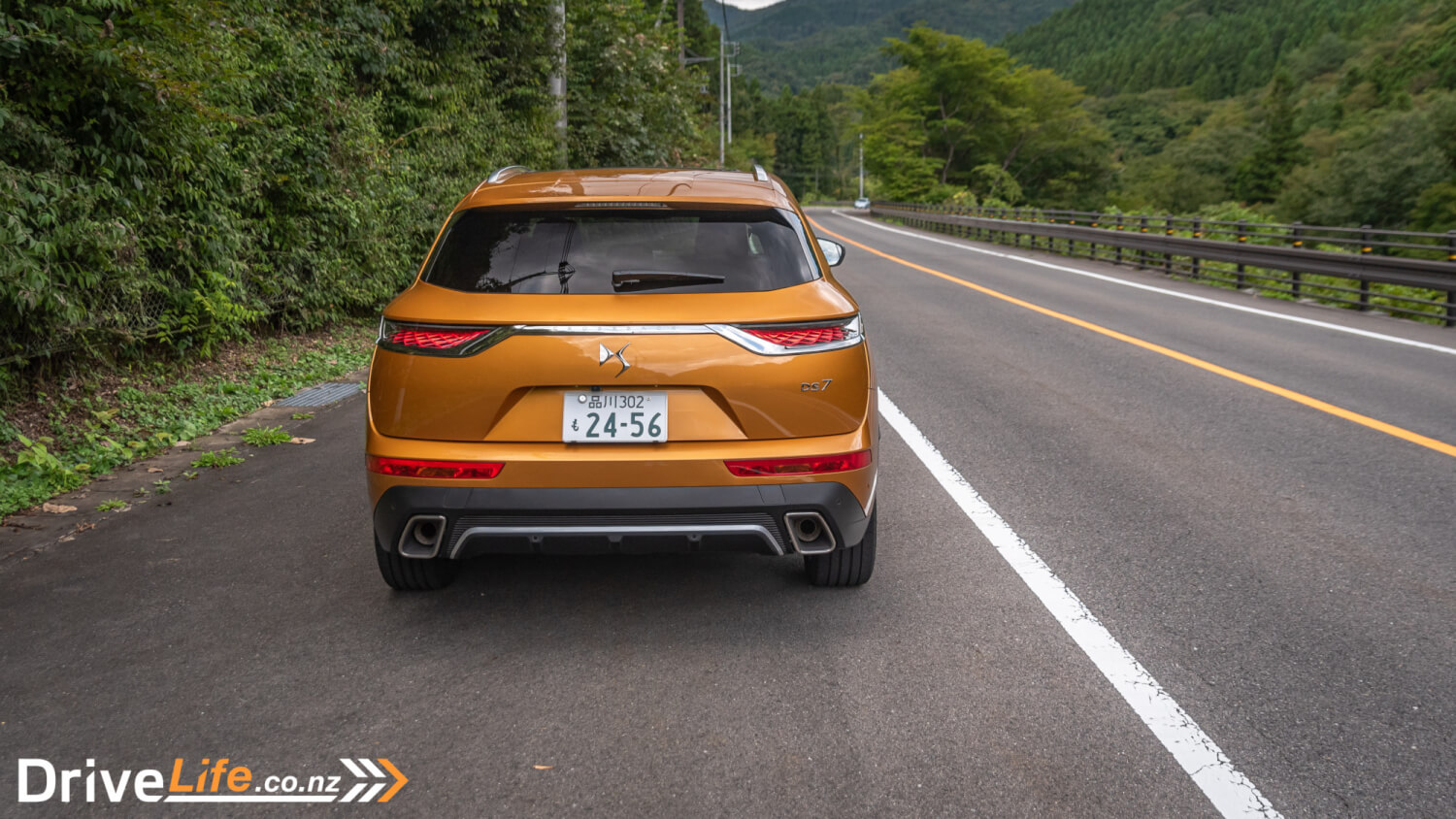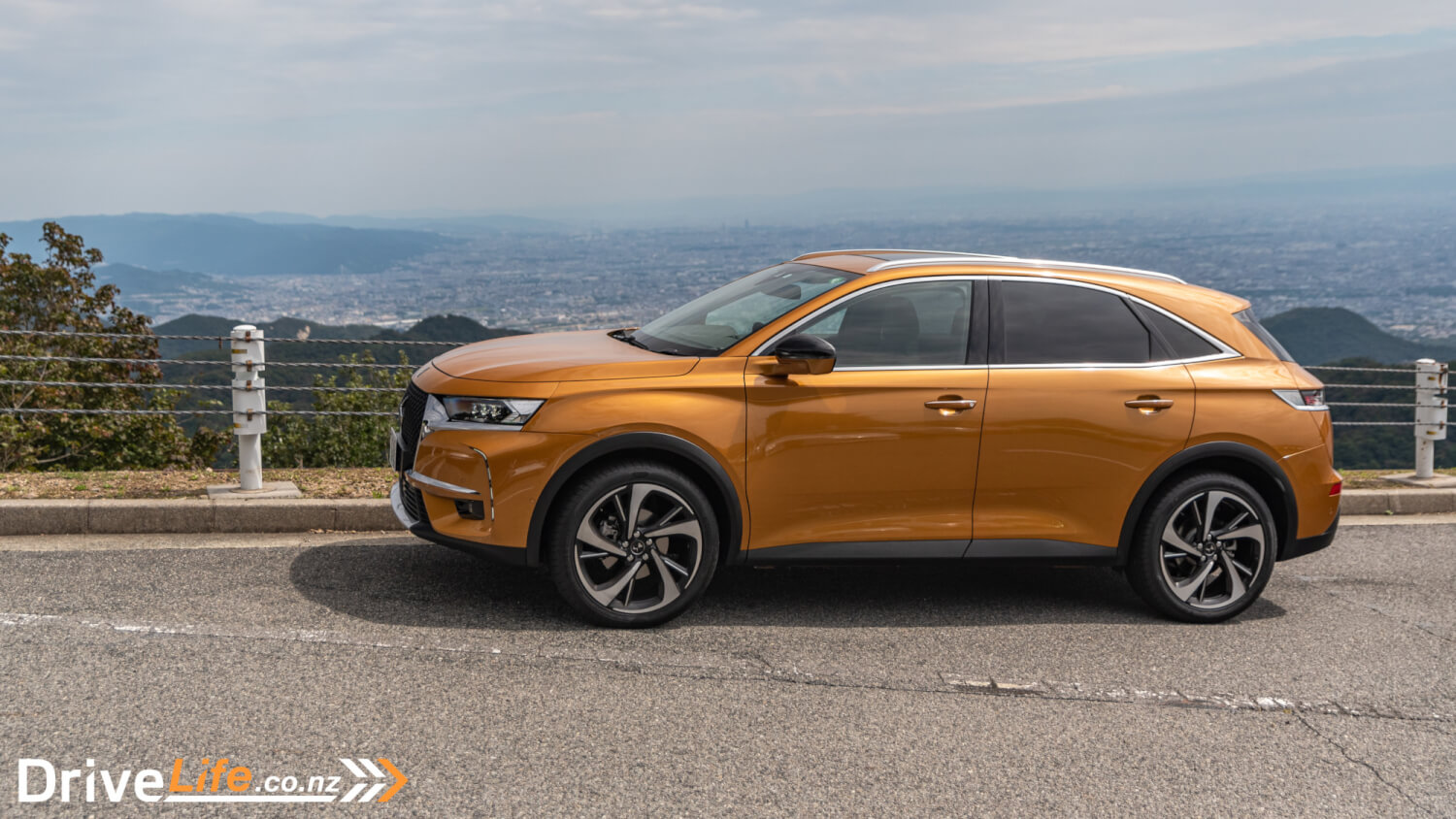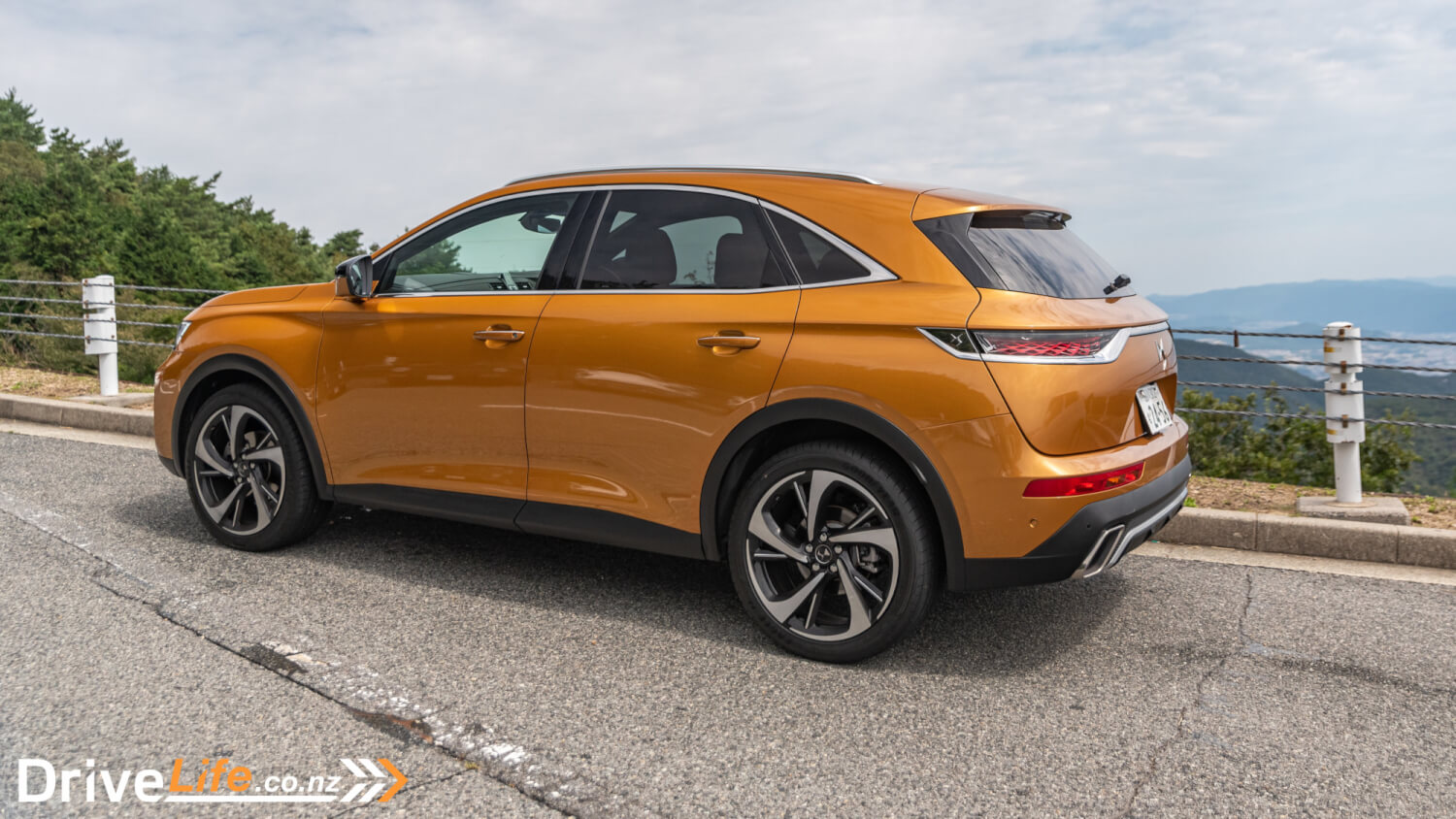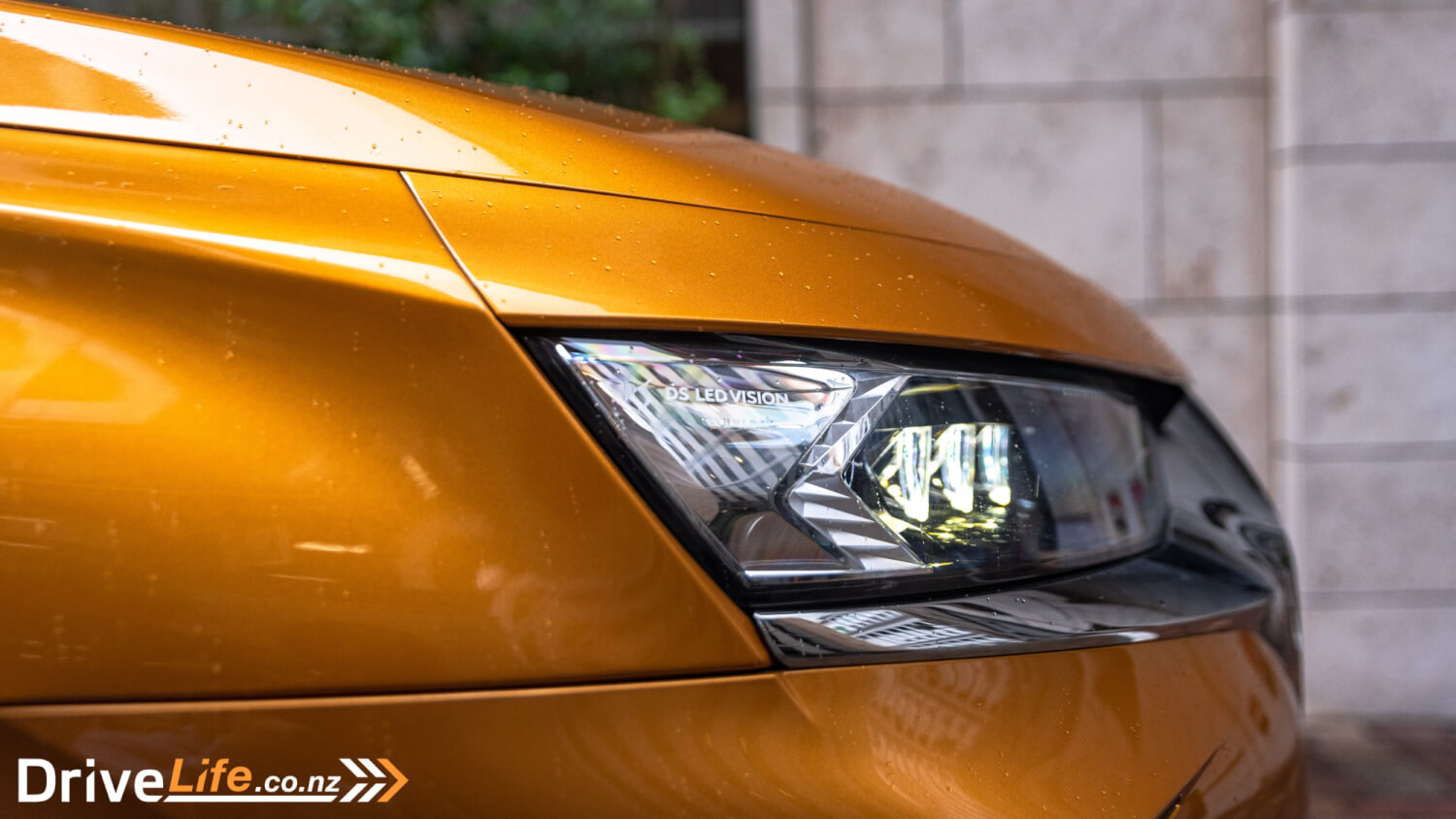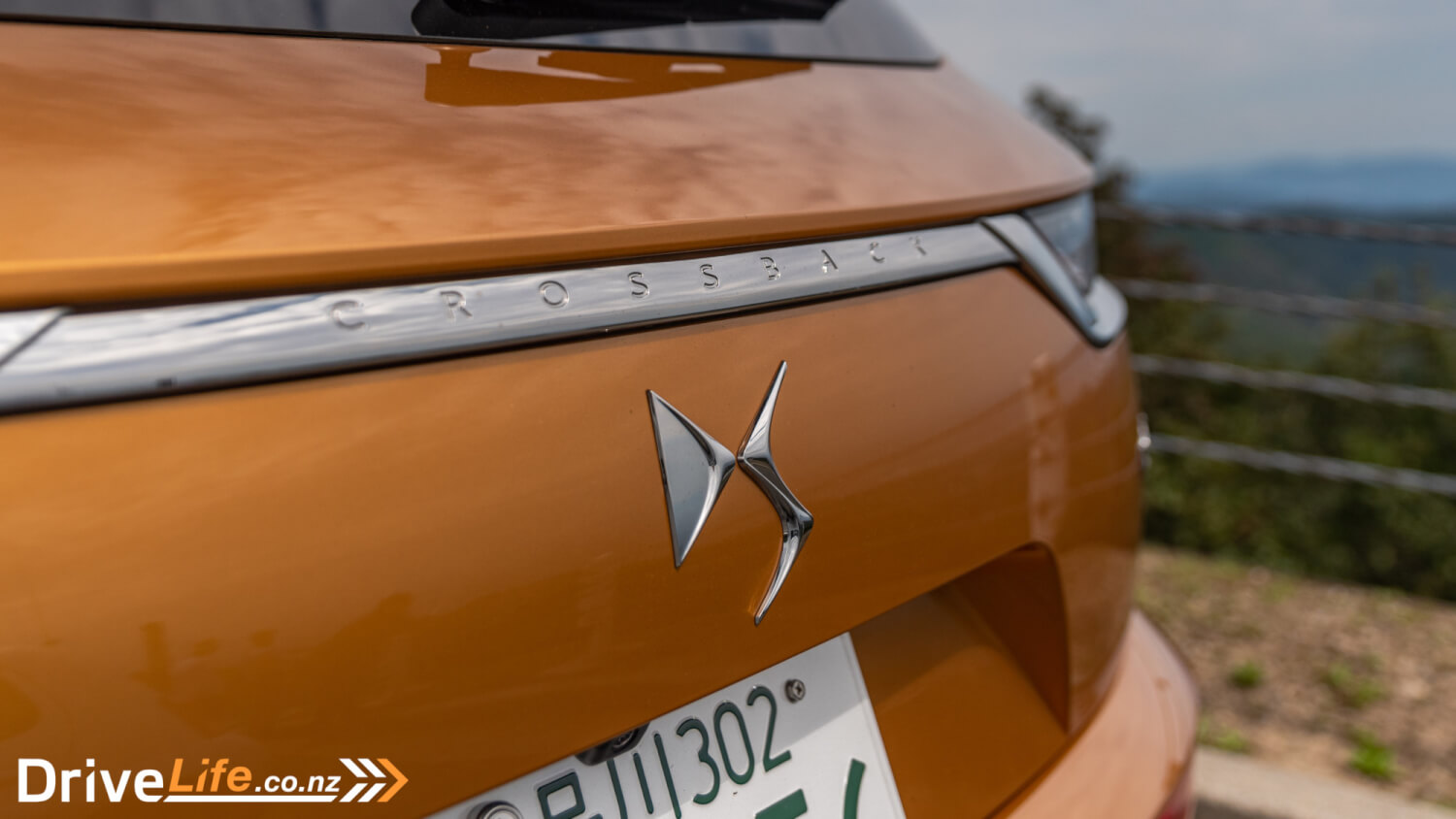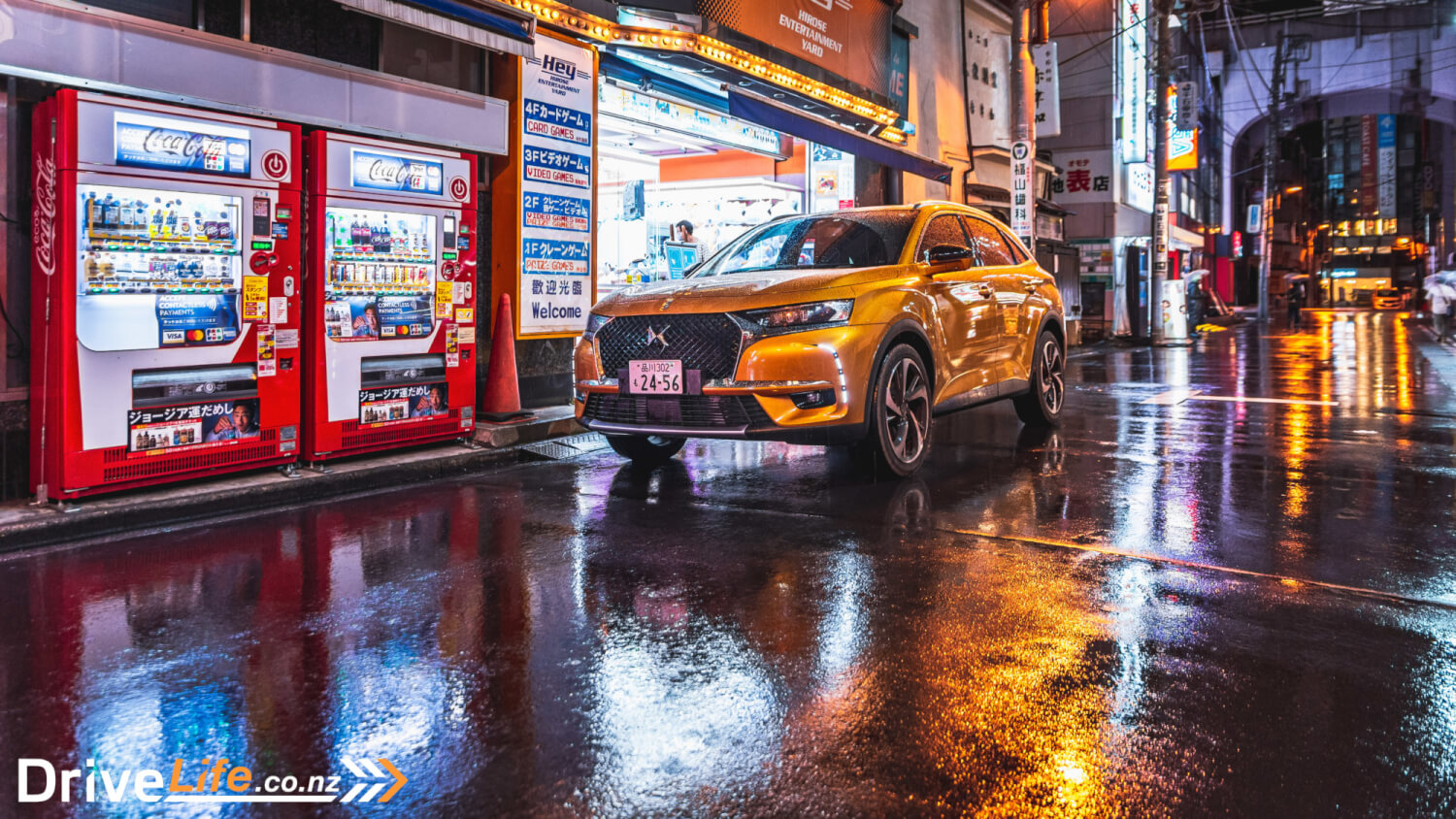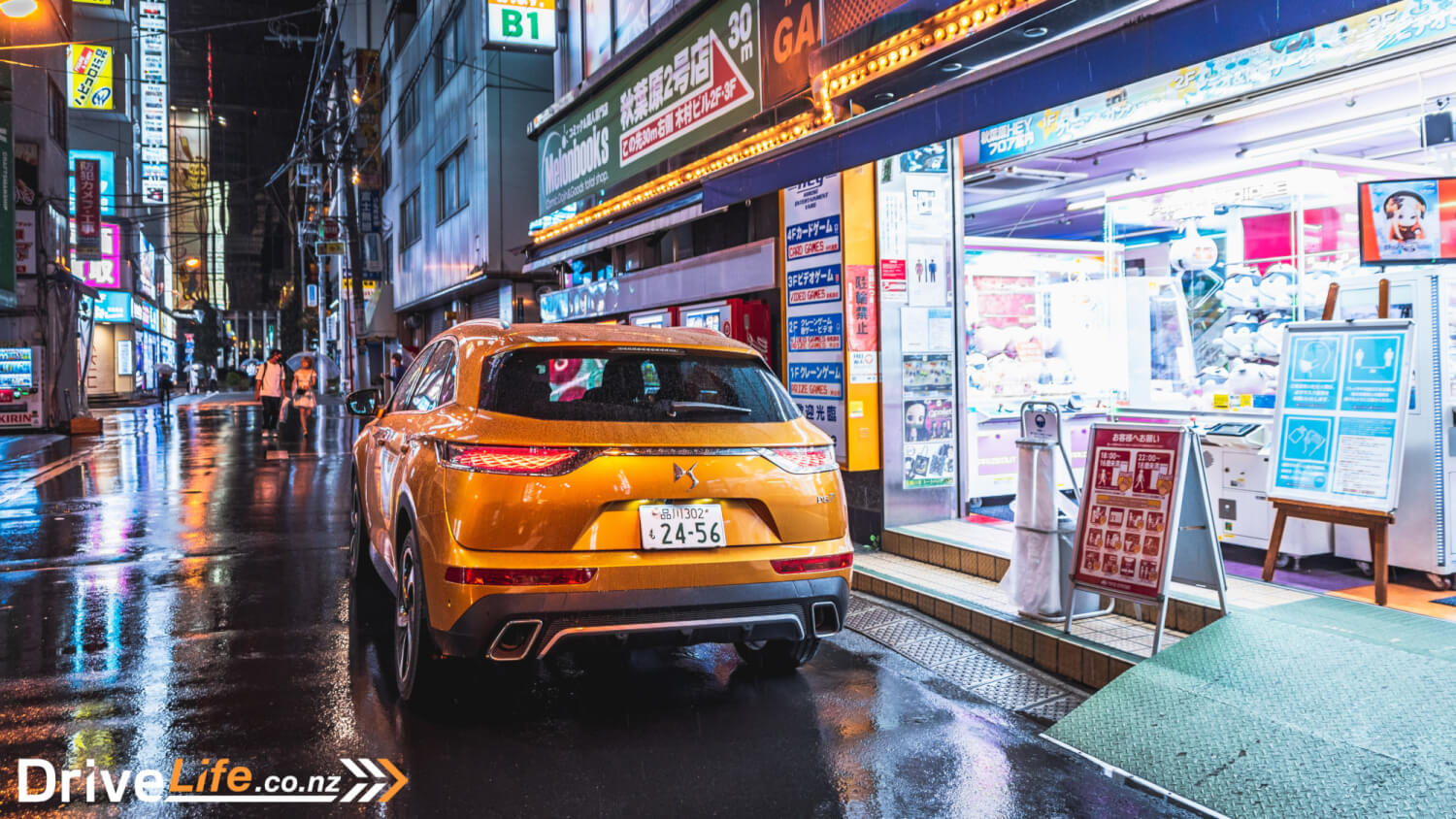In recent memory there aren’t too many models that have been spun out into their own brands. I can think of Genesis, Ram, Cupra, and DS Automobiles. When Citroen brought back the DS nameplate back in 2009 with the introduction of the stylish DS3 hatchback it showed the French marque’s ambitions to compete in the premium segment. Various models followed, all with the same brief of offering a premium experience without the silly premium price tags.
In 2015 DS was split from the Citroen range and became their own standalone brand, allowing them to focus on the premium segment. Back in New Zealand I was able to sample the Citroen DS3, DS4, and DS5 before they were their own standalone brand and I was a fan. I particularly liked the DS5 as that, to me, symbolised the weird and wacky posh car we’ve come to expect from the French.
So when I was given the chance to spend a week with the new DS 7 Crossback SUV, DS Automobile’s first standalone model, curiosity got the best of me and I took it on a mega road-trip across Japan. Covering more than 2800 kilometres and 15 prefectures I think it’s fair to say I got to know the DS 7 rather well.
Is it a worthy contender in the crowded premium compact SUV segment or is it just another pretender not worth considering?
What’s In The 2020 DS 7 Range?
First thing’s first, you can’t actually buy a DS 7 in New Zealand. In fact, you can’t buy any DS models in New Zealand. For some bizarre reason PSA Group haven’t introduced the DS Automobile brand Down Under, rather using their resources to focus on their core Peugeot and Citroen brands instead. However, there is always a possibility DS Automobiles might be introduced later on so it’s worth getting to know their cars before then. Plus, the DS 7 shares a lot in common with the Citroen C5 Aircross and Peugeot 3008/5008 SUVs.
In Japan you get a choice of two engines; a 1.6-litre turbo petrol with 165kW and 300Nm of torque and a 2.0-litre turbo diesel with 130kW and 400Nm of torque. Japan also only gets two trim level options; So Chic and Grand Chic. However, the petrol engine is only available top spec Grand Chic trim which is what I’ve got here.
So Chic cars come pretty well equipped with everything you’d need such as sat-nav, adaptive cruise control, active lane keep assist, blind spot assist, dual-zone climate control, reversing camera, hands-free power tailgate, and active braking. Grand Chic adds a whole host of goodies such as 20-inch wheels, active LED headlights, smartphone wireless charger, multipoint lumbar support for the front seats as well as seat heaters, power operated front seats, Focal sound system, BRM analogue clock, and a posher leather trim-finish interior.
My test car came with a load of options such as the optional OPERA interior package with Nappa leather, night vision, panoramic sunroof, and ventilated front seats.
First Impressions Of The 2020 DS 7 Crossback
If you didn’t know what this car, and many people didn’t, you’d be forgiven for thinking it was perhaps an Audi or a Japanese car. It’s understandable that a new standalone brand like DS doesn’t have its own unique brand image yet but if the DS 7 wasn’t finished in this eye catching Byzantin Gold Pearl paint you wouldn’t think it was some posh premium European SUV.
Take a closer look however and you’ll notice some cool details. I particularly like the ‘light show’ the headlights do every time you unlock the car at night. I also like the details in the taillights. To me, the design of the DS 7 is strongest from the rear and side. It certainly lives up to its ‘grand chic’ name from these angles. Front on it’s a bit generic for my liking. If it weren’t for those gimmicky lights and prominent chrome grille it’d just disappear into the sea of crossovers and SUVs on the market today.
I also had to keep referring to it as a Citroen so people would understand what the DS badge meant. That got awkward very quickly.
What’s The Inside Of The 2020 DS 7 Crossback Like?
It’s only when you step inside the DS 7 do you understand the car’s ‘poshness’ and ‘Frenchness’. My test car was fitted with the optional ‘OPERA’ interior package with the upgraded leather. I love the watch strap look of the leather seats. I also like the smell of the interior. Car smells are an underrated and underappreciated thing but stepping into this car was like stepping into a fancy spa. It just smelt nice without being too overpowering.
A lot of the DS 7 is different for the sake of being different. Sometimes it works, sometimes it doesn’t. Let’s start with the digital gauge cluster which works very well. It’s clear, crisp, and all the different display modes add a unique twist to what would’ve just been another component of the car. There wasn’t a setting that was unfathomable. You had the choice of Dials, Driving, Personal, and Minimalist. I particularly liked Dials as it reminded me of the gauge cluster of a Lamborghini Reventon which was inspired by jet fighters.
Right, the rest of the interior. Push the starter button at the top of the dash and the analogue B.R.M. clock rises up. It’s completely unnecessary but I’m glad it’s there. It just adds to the sense of occasion the DS 7 delivers, and it’s a good talking point. The switches around the gear selector are for the windows. It takes some getting used to, I found myself trying to find the window switches on the door multiple times but after day two with the DS 7 the central window switches became intuitive. But being French they’re not just normal switches, they’re styled like some steampunk accessory.
The rest of the interior is pretty normal. The materials are a mix of soft plush leather and soft-touch plastics. Overall it does look and feel premium in here. The steering wheel isn’t cluttered with too many buttons and it’s got column-mounted paddle shifters too, which I rarely bothered using. It’s got a rather chunky controller for the adaptive cruise control on the bottom left, which is clearly from the PSA parts bin. It doesn’t really fit in with the modern chic look of the rest of the interior and the controls took some getting used to. Every now and then I’d hit the ‘increase speed’ button thinking it was the volume button. Luckily the DS 7 has a proper volume knob on the dash. This particular car’s saving grace was that massive panoramic sunroof which brings so much light and ambience into the cabin. I love panoramic roofs and this was a very nice one.
Things get less nice here though because everything is controlled via the 8-inch touchscreen. It’s a very good touchscreen that’s got a clear display and is responsive to the touch. But, I’m just not a fan of having everything controlled via touch screen. What’s even worse the quick jump buttons are touch sensitive buttons as opposed to physical ones. For example, to adjust the temperature you have to press a touch sensitive button below the screen and then adjust the temperature on the touchscreen itself. There’s just too many unnecessary steps there.
What’s worse is when you’ve got your navigation on Apple CarPlay and you go to adjust the temperature. Because to get back to CarPlay you have to press the music button and then press the CarPlay menu at the bottom of the screen. Why isn’t there a shortcut for CarPlay? It was somewhat frustrating. There’s so many things buried in the menus I didn’t realise the car had night vision and massaging seats until halfway through my time with it. That did make the rest of my time with it all the more relaxing though.
As for space and comfort, well the DS 7 excels at that. You could easily fit five adults in here for a decent amount of time without the three in the back complaining. The DS 7 has a flat floor so everyone there is ample space. Size-wise this is about in between the size of a BMW X1 and X3, so there’s more space in the back than the former but less than the latter. The boot is a decent size that’ll hold two suitcases and a couple of soft bags for good measure. Of course you get a 60/40 split rear seat if you need to carry more things.
What Does The 2020 DS 7 Crossback Drive Like?
Alright, let’s get this out of the way: what you’re looking at is an SUV. This is not a sports car so don’t expect it to handle like one. If you’re looking for something with more dynamic handling look elsewhere because that’s not what the DS 7 is for. The handling is stable and predictable, the steering is on the lighter side but weights up at higher speeds. However, this is far from the sportiest of sports utility vehicles. The best way to describe this car’s performance is adequate.
The 1.6-litre turbocharged four-cylinder petrol engine has 165kW and 300NM of torque. 0-100 km/h is done in a leisurely 8.3 seconds, hardly class leading numbers but it is very smooth and quiet. It does however return a claimed 6.7L/100km. I can confirm right now that it is indeed very economical and averaged 7L/100km during my 2800 kilometre test of it. Right, now that we got that out of the way let’s get on to how comfortable the DS 7 is.
In a word, very. In fact, I’d say this feels as comfortable as cars costing twice as much. Part of the reason for that is that it’s got a camera up front which monitors the road conditions ahead and preps the dampers accordingly. In my mind Citroens and big plush French cars have always been about comfort and the DS 7 is no exception. Let’s not get ahead of ourselves though and expect a Rolls-Royce level of comfort but it’s quite close to Alpina, which is high praise from me. That’s a mighty impressive feat for a car in this price range.
That made covering nearly 3000 kilometres in Japan extremely relaxing and comfortable. Pop the ventilated seats in low, have the massaging seats on the ‘Cat Paw’ setting, set the adaptive cruise control to the motorway speed limit, and just enjoy the scenery as you waft along in pure zen. This is a great long distance road trip car simply for how relaxing it is and its ability to lower your heartbeat. Road rage is almost extinguished in this car.
The whole point of cars like these is that they’re used in a variety of conditions, or at least in theory they should be. Luckily the DS 7 is so easy to use you could use this for whatever you’d need it for. Visibility out of it is great, there’s little to no blind spots. You get a nice commanding view of the road ahead of you as you do with other cars in this segment. I drove it on various conditions from city driving, to plenty of motorway miles, rough country roads, parking lots, and even on a beach road and the DS 7 didn’t struggle or feel out of its depth in any of those situations.
I will say though that there were some niggles that bothered me including not being able to use the hands-free electric tailgate. I don’t know if I was doing it wrong or it just wasn’t working but I just couldn’t get it to work so instead I had to rely on the physical button to open the boot. Pah. Also, for a modern car not having brake hold was a weird omission. It’s not the end of the world but it’s just odd how this car will pretty much do everything for you except hold the brakes when you stop at a red light. Finally, it also didn’t have any shortcut buttons to bring up the camera on screen. Again, not a life or death matter but it’d be nice to have.
What’s The Competition For The 2020 DS 7 Crossback?
| Brand/Model | Engine | Power/ Torque, kW/Nm | Fuel, L/100km | Acceleration, 0-100 kph | Price |
| Land Rover Range Rover Evoque | 2.0-litre four-cylinder turbo petrol | 184/365 | 9.1 | 7.5 | $102,900 |
| Mercedes-Benz GLB250 | 2.0-litre four-cylinder turbo petrol | 165/350 | 7.7 | 6.9 | $92,900 |
| BMW X3 sDrive20i | 2.0-litre four-cylinder turbo petrol | 135/300 | 7.1 | 8.2 | $88,900 |
| Audi Q3 45TFSI | 2.0-litre four-cylinder turbo petrol | 169/350 | 7.4 | 6.3 | $87,900 |
| Jaguar E-Pace P250 SE | 2.0-litre four-cylinder turbo petrol | 186/365 | 8.1 | 7.1 | $84,900 |
| Volvo XC60 T5 Momentum | 2.0-litre four-cylinder turbo petrol | 187/350 | 7.8 | 6.8 | $84,900 |
| DS 7 Crossback | 1.6-litre four-cylinder turbo petrol | 165/300 | 6.7 | 8.3 | $82,900 (approx) |
| Lexus NX300 | 2.0-litre four-cylinder turbo petrol | 175/300 | 7.7 | 7.3 | $82,900 |
| Volvo XC40 T5 | 2.0-litre four-cylinder turbo petrol | 185/300 | 7.7 | 6.4 | $74,900 |
| BMW X1 sDrive20i | 2.0-litre four-cylinder turbo petrol | 141/280 | 6.5 | 7.6 | $72,050 |
What’s The Pros and Cons For The 2020 DS 7 Crossback?
| Pros | Cons |
| • Comfortable ride • Funky and distinctive interior • Loaded with tech and features • Real world economy • Easy of use • Perfect size | • Fiddly touch panels • Everything controlled via touch screen • No brake hold • No shortcut for surround camera |
2020 DS 7 Crossback – Specifications
| Vehicle Type | SUV |
| Starting Price | $82,900 (est) |
| Tested Price | $95,000+ (est) |
| Engine | 1.6-litre four-cylinder turbo petrol engine |
| Transmission | 8-speed automatic transmission |
| 0 – 100 kph, seconds | 8.3 |
| Spare Wheel | None |
| Kerb Weight, Kg | 1,450 |
| Length x Width x Height, mm | 4590 x 1895 x 1635 mm |
| Cargo Capacity, litres | 555 |
| Fuel Tank, litres | 62 |
| Fuel Efficiency | Advertised Spec – Combined – 6.7L / 100km Real World Test – Combined – 7.0L / 100km Low Usage: 0-6 / Medium Usage 6-12 / High Usage 12+ |
| Turning circle | 10.4m Small: 6-10m / Medium 10-12m / Large 12m+ |
| ANCAP Safety Ratings | N/A |
| Warranty | N/A |


